I adore Carole King. And I admit that I saw ‘Beautiful: The Carole King Musical’ three times: twice on Broadway (2014, 2015) and once in Toronto (2017). My favourite versions were the two that featured Canadian actor Chilina Kennedy, below, who played Carole to perfection from her teenage years in the 1960s in New York City as a young wife, mother and co-writer of hit pop songs, to the 1970s in Los Angeles and her own mega-hit album Tapestry (You’ve Got a Friend, It’s Too Late, I Feel the Earth Move, etc.)
Like all the songs from Carole’s song-writing partnership with and marriage to Gerry Goffin (when she was 17 and he was 20), below, Carole wrote the music and Gerry penned the lyrics. From that partnership in New York’s iconic Brill Building at 1619 Broadway came songs like Take Good Care of my Baby (1961 – Bobby Vee), Will You Love me Tomorrow (1962 – The Shirelles), The Loco-Motion (1962 – Little Eva), It Might as Well Rain Until September (1962 – Carole King and Bobby Vee), Go Away Little Girl (1962 – Steve Lawrence), One Fine Day (1963 – The Chiffons), I’m Into Something Good (1964 – Herman’s Hermits), Don’t Bring Me Down (1966 – The Animals), (You Make me Feel Like) A Natural Woman (1967 – Aretha Franklin) and Pleasant Valley Sunday (1967 – The Monkees). In 1962, Carole also wrote the music for The Everly Brothers’ Crying in the Rain with a different lyricist.
One of my favourite songs from Carole King’s long career – and the one that features in this 19th #mysongscapes blog – is ‘Up on the Roof’, written in 1962 for The Drifters, below. In a Rolling Stone story about the song, Gerry Goffin recalled, “Appropriately enough, the song was born among the rat-race noise of a crowded city street.” Carole came up with the melody in the car. Gerry thought it could be about a place to be alone. Carole ventured ‘My secret place’, the song’s original title. But in time it was changed to ‘Up on the Roof’.
When Carole King was celebrated at the Kennedy Center Honours in 2015 alongside President Barack and Michelle Obama, her friend James Taylor sang the song for her. (I saw Carole and James in Seattle singing the song in May 2010 during their Troubadour Tour, one of the best concerts ever).
But perhaps my favourite version of ‘Up on the Roof ‘ is this 1982 rendition by Toronto’s a cappella singing group The Nylons. I had them on cassette tapes in the 1980s, saw them in concert and knew many of their songs off by heart, singing them at the top of my lungs around the house when my kids were little. The lead singer here with the beautiful tenor is Marc Connors; tragically, within a few years, he would die of HIV- AIDS. So for me, it’s bittersweet to watch him and the three others celebrate that special place to get away from ‘the rat-race noise’ in such a proudly Canadian way.
UP ON THE ROOF (Gerry Goffin & Carole King, 1962, Screen Gems – EMI)
When this old world starts getting me down
And people are just too much for me to face
I climb way up to the top of the stairs
And all my cares just drift right into space
On the roof, it’s peaceful as can be
And there the world below can’t bother me
Let me tell you now
When I come home feeling tired and beat
I go up where the air is fresh and sweet
I get far away from the hustling crowd
And all that rat race noise down in the street
On the roof’s the only place I know
Where you just have to wish to make it so
Let’s go up on the roof
At night the stars put on a show for free
And darling you can share it all with me
I keep on telling you
Right smack dab in the middle of town
I’ve found a paradise that’s trouble proof
So if this world starts getting you down
There’s room enough for two , up on the roof
Up on the roof, oh come on, baby
Everything is all right
Everything is all right
Up on the roof
******
Up on the Roof in the Garden
All right. Time to finish up my Carole King love-in and move on to the garden side of my blog. If there was a rooftop that I looked at and thought, “Ah, this is a lovely place to get away from the rat-race below,” it was Clarissa Morawski’s roof deck garden in Toronto. I photographed it for a book series I was illustrating in the mid-90s. At the time, Clarissa’s career was all about the three R’s: reduce, reuse, recycle. (Today she’s a consultant in waste minimization). And her rooftop was the perfect illustration of the three R’s. There was an actual main-sail for a sunshade; wooden crates filled with veggies and herbs; and bushel baskets filled with flowers.
While a rooftop deck with planters is a relatively conventional gardening scenario and has been around for a long time, an actual “green roof” is a bigger technological endeavor, one that North America was slow to pick up on, compared to Europe. Green roofs buffer rain water, cleanse the air and cool ambient temperatures, acting as natural air-conditioning for buildings, thus saving energy, both in winter and summer. They’re also beautiful and bring wildlife and pollinators to urban spaces. When we arrived in Amsterdam in 1999, I snapped a shot of the sedum-planted green roof spanning the departure terminal at the Schiphol Airport; at the time it was more than ten years old. The roof was recently redone by a Massachusetts firm, retrofitted with solar panels and now features a hardy succulent plant mix called “Sedum Carpet’ especially formulated for green roofs.
Later in that 1999 trip to the Netherlands, we visited a town called Alphen aan den Rijn to see an experimental Dutch model community called Ecolonia. The buildings utilized sustainable construction material; green roof technology was used, below; wetlands were restored and made a focus and a central storm retention pond became a feature. Conceived by Lucien Kroll of Belgium, it was similar in concept to the New Urbanism movement in North America.
There’s a green roof in my neighbourhood in Toronto, atop the workshop of the house owner and adjacent to the art studio used by his wife. Designed by architect David Lieberman, I photographed it in 1998 as it was being installed by my friend Terry McGlade, then managing his own green roof company called Gardens in the Sky, now part of Flynn Canada. A few years later, I came back and nervously climbed up the ladder so I could stand on the roof and photograph the now-mature plants and the resident cat. Then I wrote and illustrated a story on the roof for the magazine Gardening Life, below. The photos after that show the steps in its creation (though there are now modular components that take the place of the Styrofoam).
The roof was covered with a waterproof, single-ply EPDM membrane surrounded by a 30 cm (12 inch) high metal parapet. The perforated drainage tube would be laid around the perimeter and connected on overflow pipe. Note that the white things on the outer wall that look like portholes are actually vents leading out from an airspace between the roof and the insulated ceiling of the workshop below, designed to keep the soil frozen in winter and the plants in dormancy.
Then an 8-10 cm (3-4 inch) layer of Styrofoam pellets was distributed, covered by filter cloth to prevent plant roots and soil from entering the drainage area.
Next, a 15-23 cm (6-9 inch) layer of lightweight, compost-rich, soilless mix was spread on and watered thoroughly.
Then a palette of low-maintence hardy perennials was planted: sedums, perennial geraniums, strawberries, phlox, thyme, calamagrostis, liatris, echinacea. Hostas were planted on the shady east side.
A few years later, I returned to check out the plants. The family cat eyed me with interest. Everything did well except the echinacea, which seems to prefer sandier soil.
From a little flagstone path on the rooftop, I could look down on the ground-level deck below. I have learned that this rooftop had to be redone in the past year or so, which means it had a 20-year life. Presumably newer technologies would have extended that lifetime.
The sloping green roof atop the Dembroski Centre for Horticulture at the Toronto Botanical Garden was planted in 2005 by Terry McGlade. At slightly more than 2400 square feet, it was a critical factor in the TBG gaining a Silver LEED designation for the building itself. The plants used on the initial roof planting are a combination of drought-tolerant sedum species: Sedum album, S. sexangulare, S. spurium and S. kamtschaticum.
The flat part of the TBG’s green roof features native wildflowers such as penstemons, coreopsis and other meadow-like, drought-tolerant perennials.
The TBG also has a small straw-bale building with a sloping green roof.
It features prairie grasses, coreopsis (C. lanceolata), columbines (Aquilegia canadensis), hairy penstemon (P. hirsutus) and…
…. the occasional nesting goose.
I photographed the 3rd floor rooftop herb garden of the Fairmont Waterfront Hotel in Vancouver back in 2010 for a story I was proposing on urban beekeeping.
I loved walking through the garden, which evidently saved the kitchen thousands of dollars each year in herb costs.
I was able to sample those herbs in a honey-themed lunch served to me by the Fairmont.
But my real interest in the Fairmont’s green roof was the apiary set in a miniature meadow overlooking Vancouver’s Coal Harbour. At the time, it featured beautiful hives hand-painted by students at Emily Carr College of Art. Alas, the meadow also harboured ground nests of yellow-jacket wasps that frightened guests (unlike the honey bees) so the following year the meadow was removed and replaced with a conventional garden that was not nearly so appealing. Note the Vancouver Convention Centre across the street; I’ll get to that green roof in a minute.
I did a big photo shoot of Graeme Evans, the hotel’s beekeeper, who at the time was also Head of Housekeeping. He had proposed the apiary to the Fairmont chain and was a natural with the bees, never wearing protective gear as he checked the frames or harvested honey.
The resulting story, which also featured profiles of beekeepers in Chicago and Atlanta, was published in a 2012 edition of Organic Gardening magazine. Alas, like a lot of other gardening magazines, it is no longer around. (Yes, that’s a queen bee surrounded by her worker nurse bees in my photo of a brood frame from the hives at the hotel.)
Back to the convention centre. At the time, this was the largest green roof in North America, at 6 acres (2.4 hectares). It was planted with 400,000 native British Columbia plants from 25 species. To achieve a west coast meadow look, there were 40,000 bulbs, including nodding onion (Allium cernuum) and camas (Camassia quamash) plus 128 kilograms of flower and grass seed, including Idaho fescue (Festuca idahoensis), red fescue (F. rubra) and sheep fescue (F. vulgaris). As well, 80,000 sedums were planted on the hottest part of the roof on the west side. It has become a haven for nesting birds and a rich foraging site for pollinator insects.
The Hugh Garner Housing Cooperative green roof in Toronto was featured on a Garden Bloggers’ Fling tour in 2015. The South Roof, then 5 years old, featured a combination of raised planter boxes and actual green roof technology beds to produce a beautiful space for residents, with pergolas and community garden space.
There was a photo display showing the engineering processes used to build the roof. The specifications from the project’s web page include a “Cold Applied Rubber roofing membrane with ILD leak detection system; polyethylene sheet root barrier….
…. 4″ extruded polystyrene rigid insulation; 2″ Pontarolo storm water reservoir; filter cloth; and ballast consisting of reused concrete pavers, wood decks, planters and planting beds (ranging from 6″ – 18″ in depth).”
Interestingly, the architect on the Hugh Garner project was Monica Kuhn, a founding member of Toronto’s Rooftop Gardens Resource Group. I photographed her own little Cabbagetown rooftop way back in the mid-90s for my newspaper column. I remember that she cautioned me to be careful because she didn’t have her railings up yet!
I wrote a blog a few years ago about Siri Luckow’s lovely garden in Toronto. Her garage features a green roof and while touring the garden with fellow bloggers, we climbed a ladder, as my friend Sara Katz is doing below…..
…. to photograph the textural meadow that grows on the roof.
During that bloggers’ fling, we also toured gardens on Ward’s Island in Toronto and I liked the effort put into the miniature green roof on this toolshed.
In 2017, a sodden morning of rain didn’t deter these media folks previewing the Toronto Botanical Garden’s garden tour route from trying to get a better view of the green roof over a garage at one of the gardens.
I found my telephoto lens worked well to take a closer look. I see lots of bearded irises up there!
In 2018, during a symposium in Chicago with my Garden Communicators (Gardencomm) group in Chicago, I was privileged to visit a 25,000-square-foot rooftop farm at McCormick Place West, run by the Windy City Harvest program out of Chicago Botanic Garden.
In this garden, apprenticeship graduates from the program work with Savor (the building’s food service operators) to focus on rare heirloom crop production and rooftop-appropriate varieties of vegetables, native fruits, herbs, hops and edible flowers. The rooftop farm features microgreens production, honey bee hives and vermicompost bins.
Some of the Windy City Harvest produce also goes to a local farmers’ market.
I’ll end my musings on ‘Up on the Roof’ with one of the most famous green roofs in North America – though many visitors might not guess that Chicago’s beautiful Lurie Garden and Millennium Park are actually “situated over a network of underground parking garages, pedways, and commuter electric train lines”. As the Lurie website says, “This unique engineering and location situation presents special, but manageable, plant care challenges. Visitors are often surprised by the presence of large, mature trees in Lurie Garden given its relatively shallow soil depth and construction as a rooftop garden. Horticulturalists at the garden have become highly skilled in managing plant growth and development in the challenging environment of a rooftop garden.”
I’ve blogged about the Lurie and would invite you to have a look at this fabulous urban meadow designed by Piet Oudolf.
******
This is the 19th blog in #mysongscapes series of winter 2020 that combine music I love with my photography. If you enjoyed reading it, have a look at the others. And please leave a comment if you enjoyed any of them.
- Joni Mitchell’s ‘Night in the City’;
- Paul Simon’s ‘Kodachrome’ and my life in photography;
- Vietnam and Songs of Protest;
- Galway Bay and memories of my grandfather and Ireland;
- Simon and Garfunkel’s Parsley, Sage, Rosemary and Thyme;
- The John Denver lullaby I sang to my first grandchild, Today While the Blossoms Still Cling to the Vine.
- Gordon Lightfoot for a Snow Day
- Madame George by Van Morrison – my favourite song in the world
- Brown Eyed Girl(s) – Van Morrison’s classic and my black-eyed susans
- Raindrops – on flowers and in my gardens
- Miss Rumphius and the Lupines
- Bring me Little Water – on water in the garden
- Amsterdam… Spring Sunshine – a Dutch travelogue and a brilliant Broadway play
- Both Sides Now – a reflection on clouds and Joni Mitchell
- Crimson & Clover and Other Legumes – a love letter to the pea family, Fabaceae
- Mexico – James Taylor serenades in my travelogue of a decade of trips to Mexico
- Crystal Blue Persuasion – blue flowers in the garden
- My Bonny – remembering the late Laura Smith (and my dad)


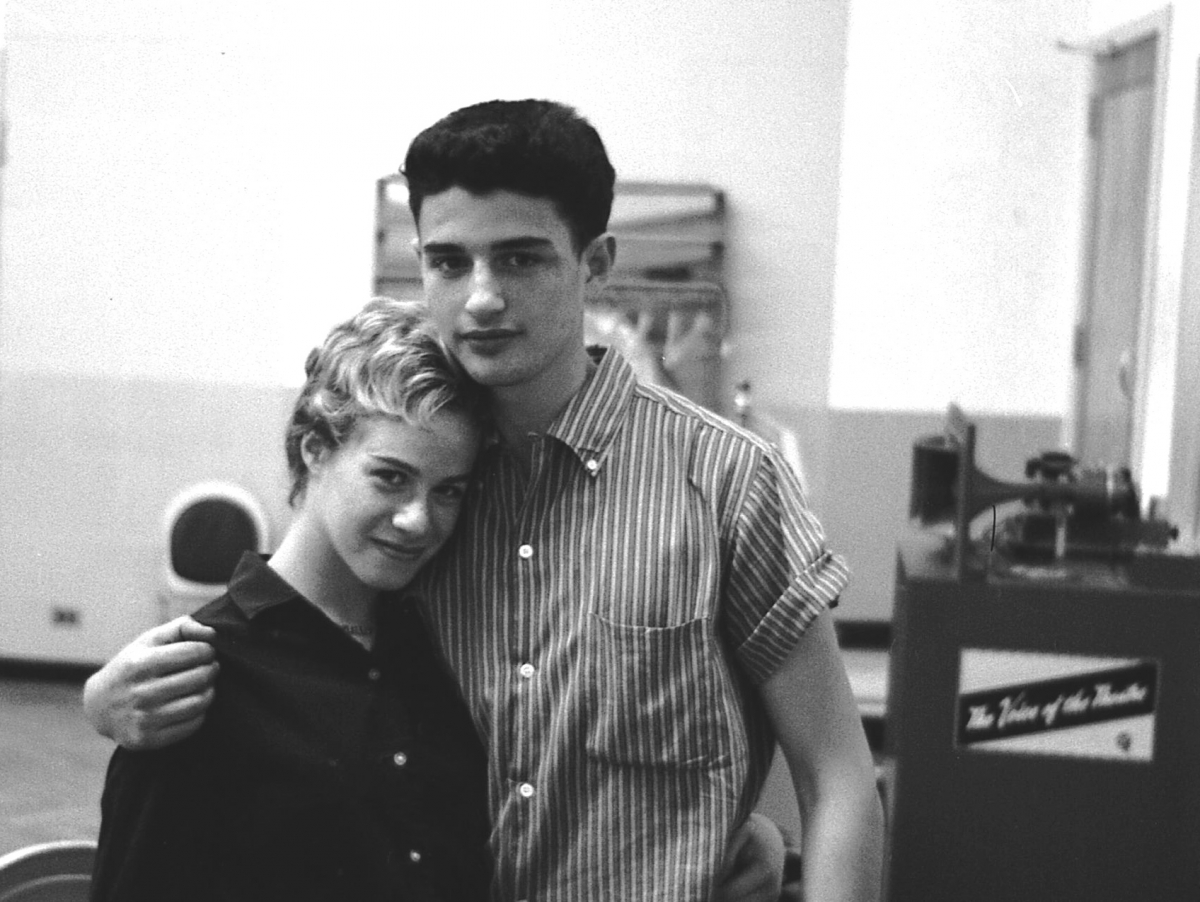
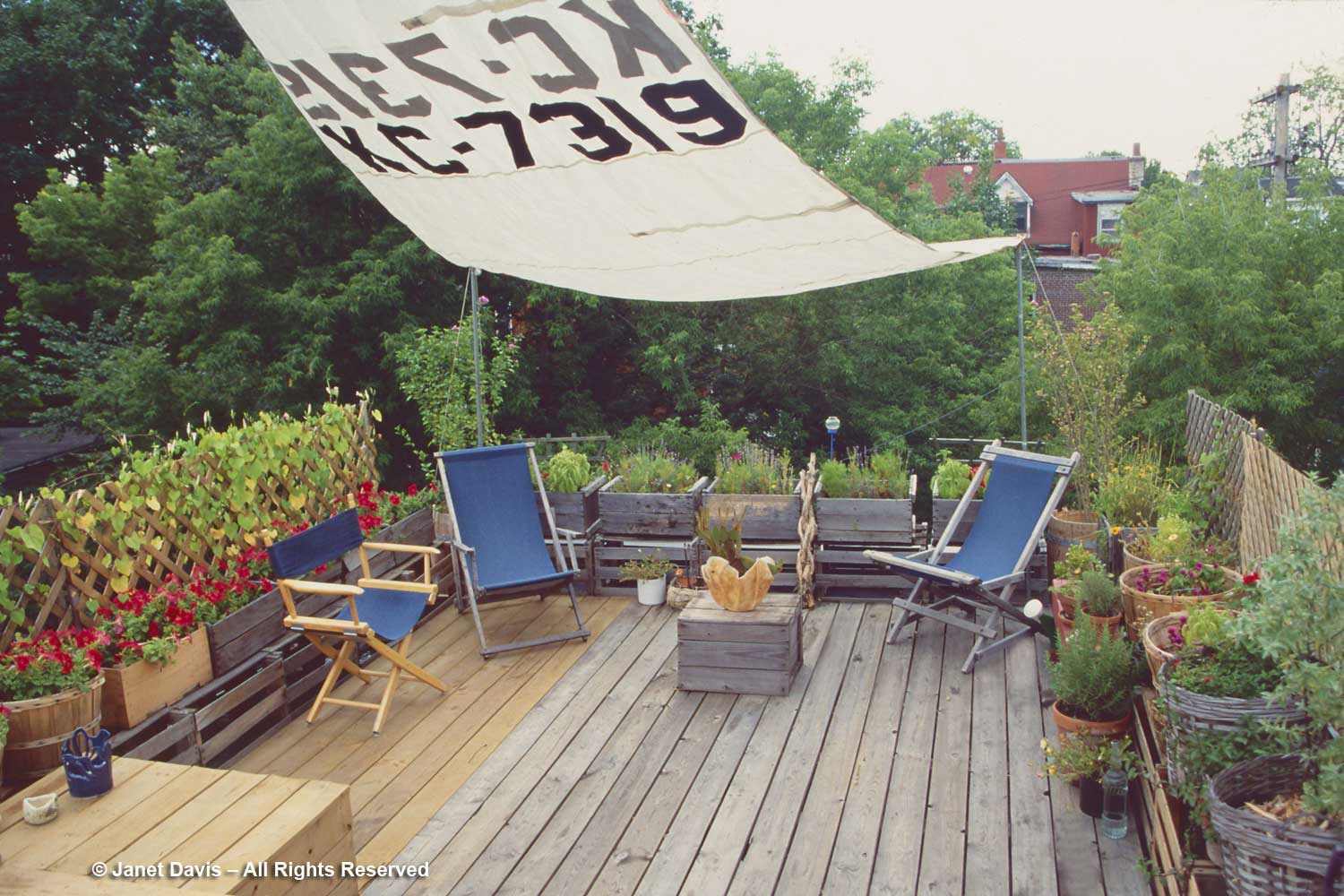
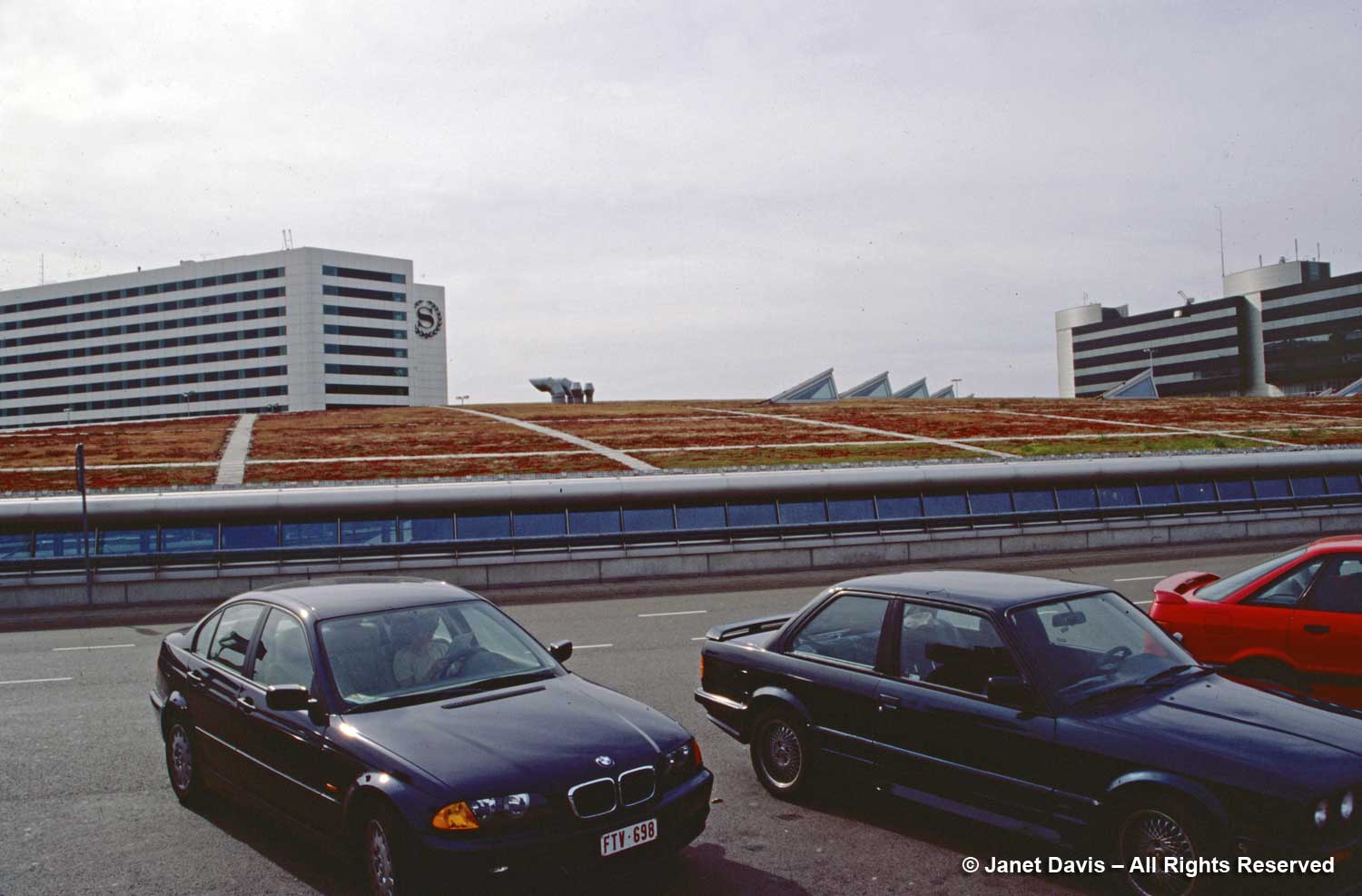
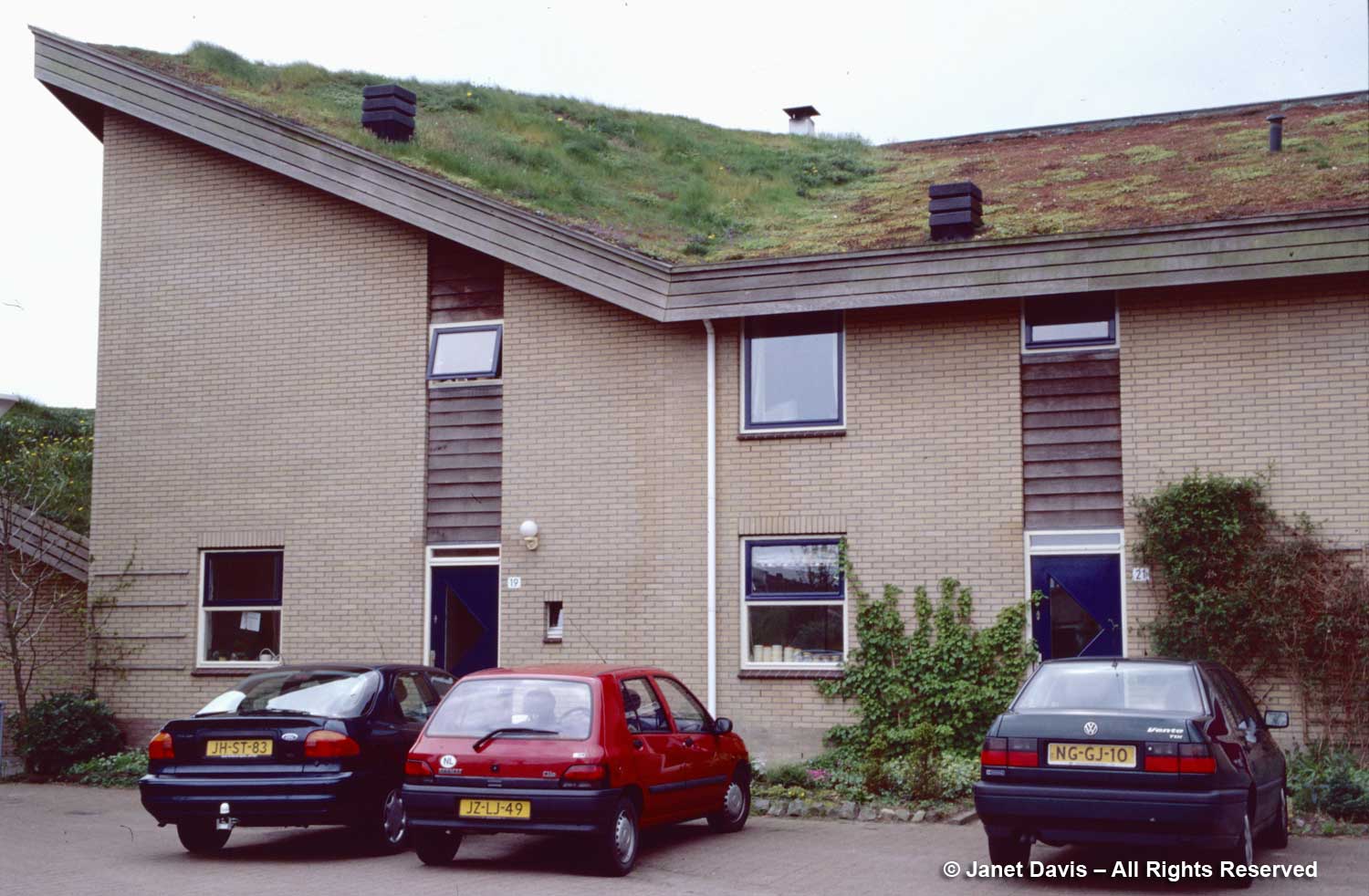
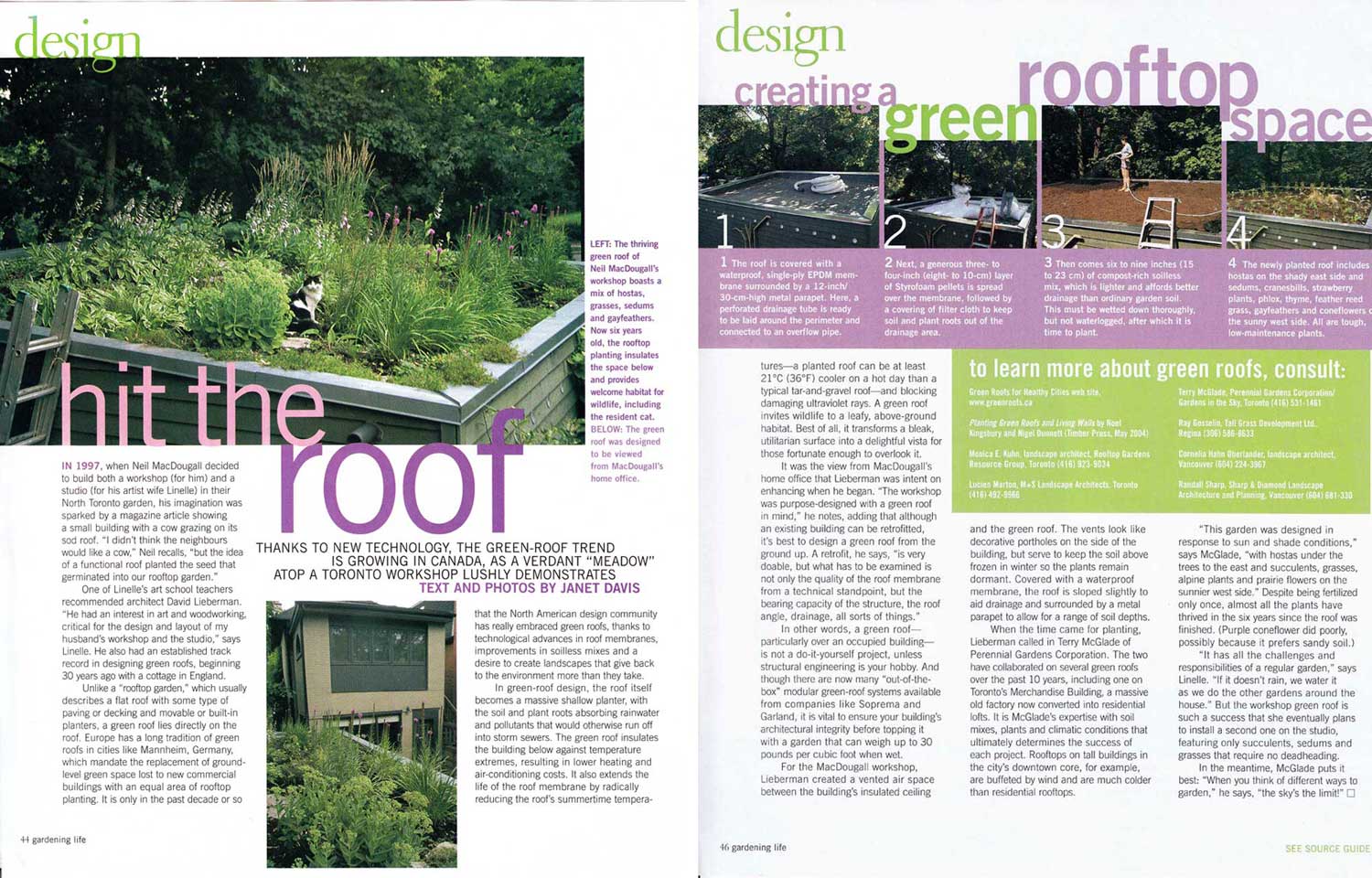
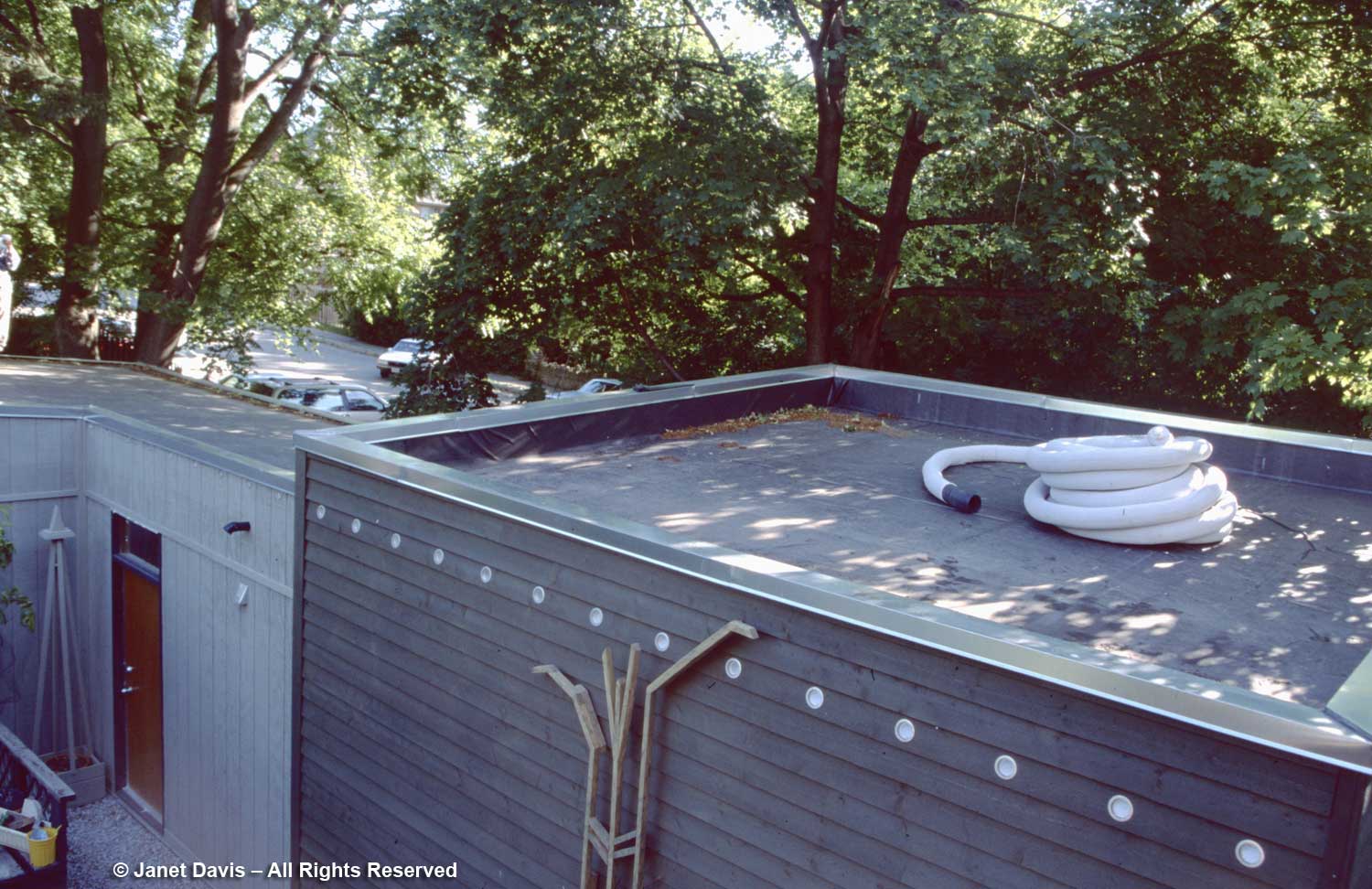
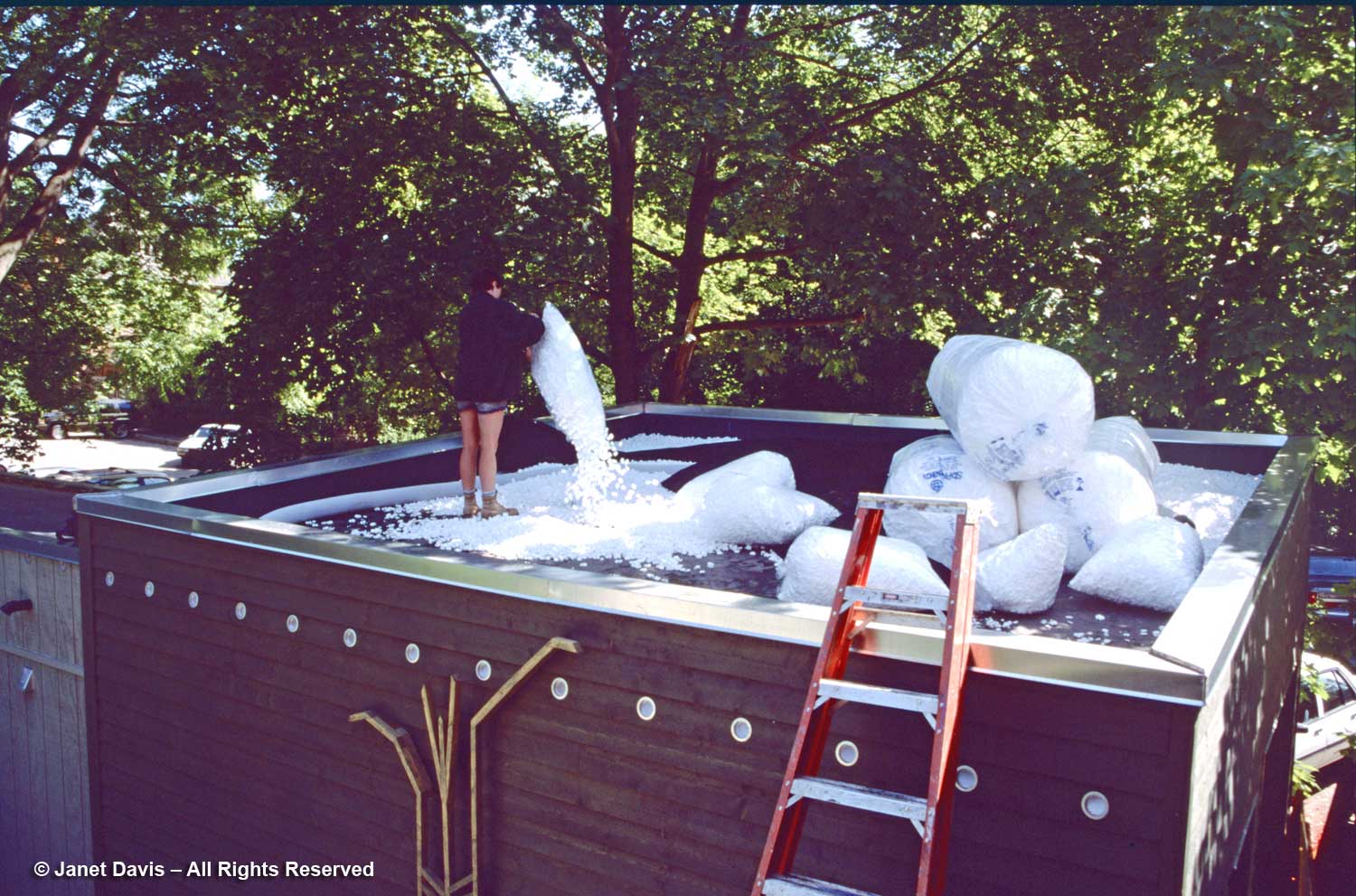
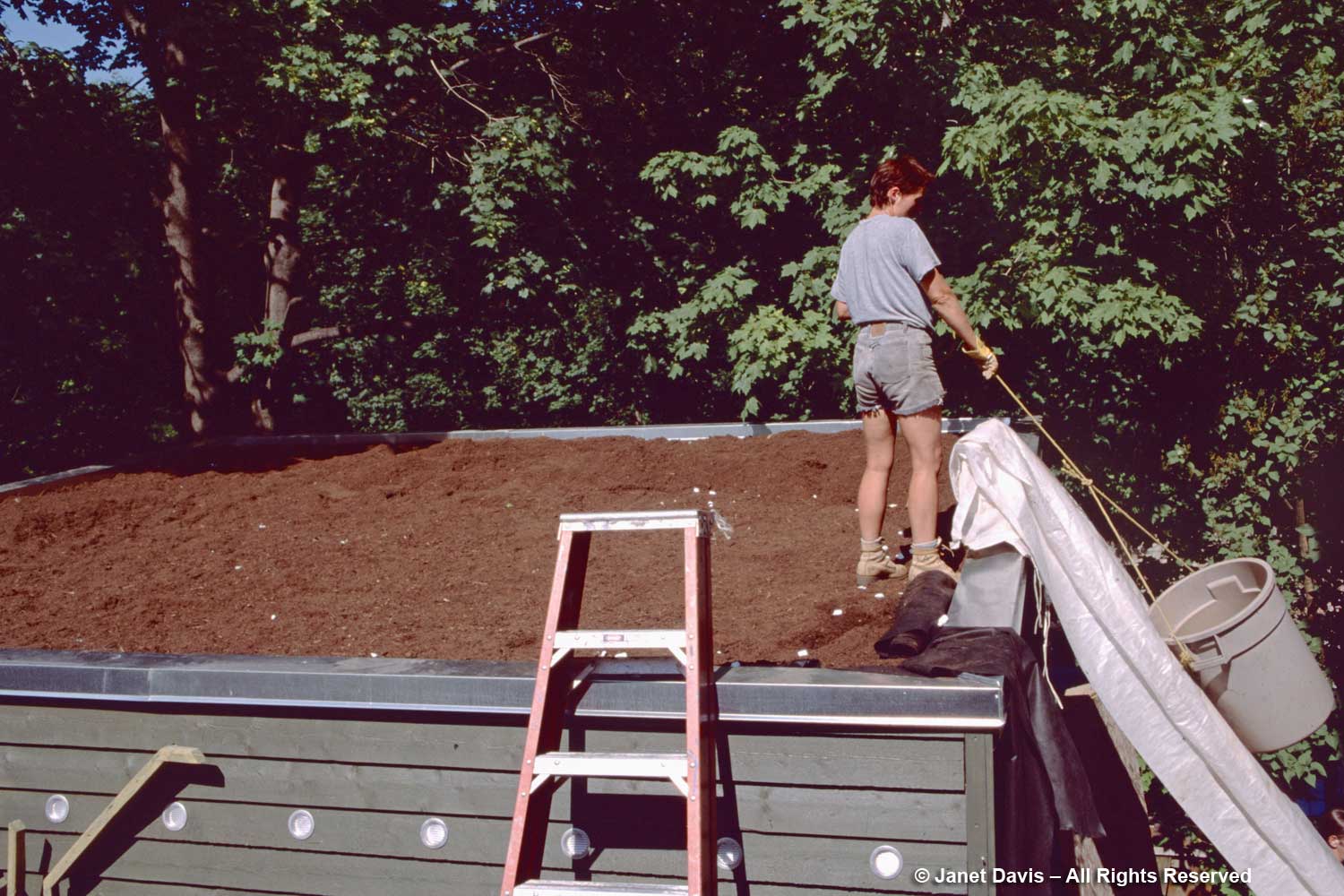
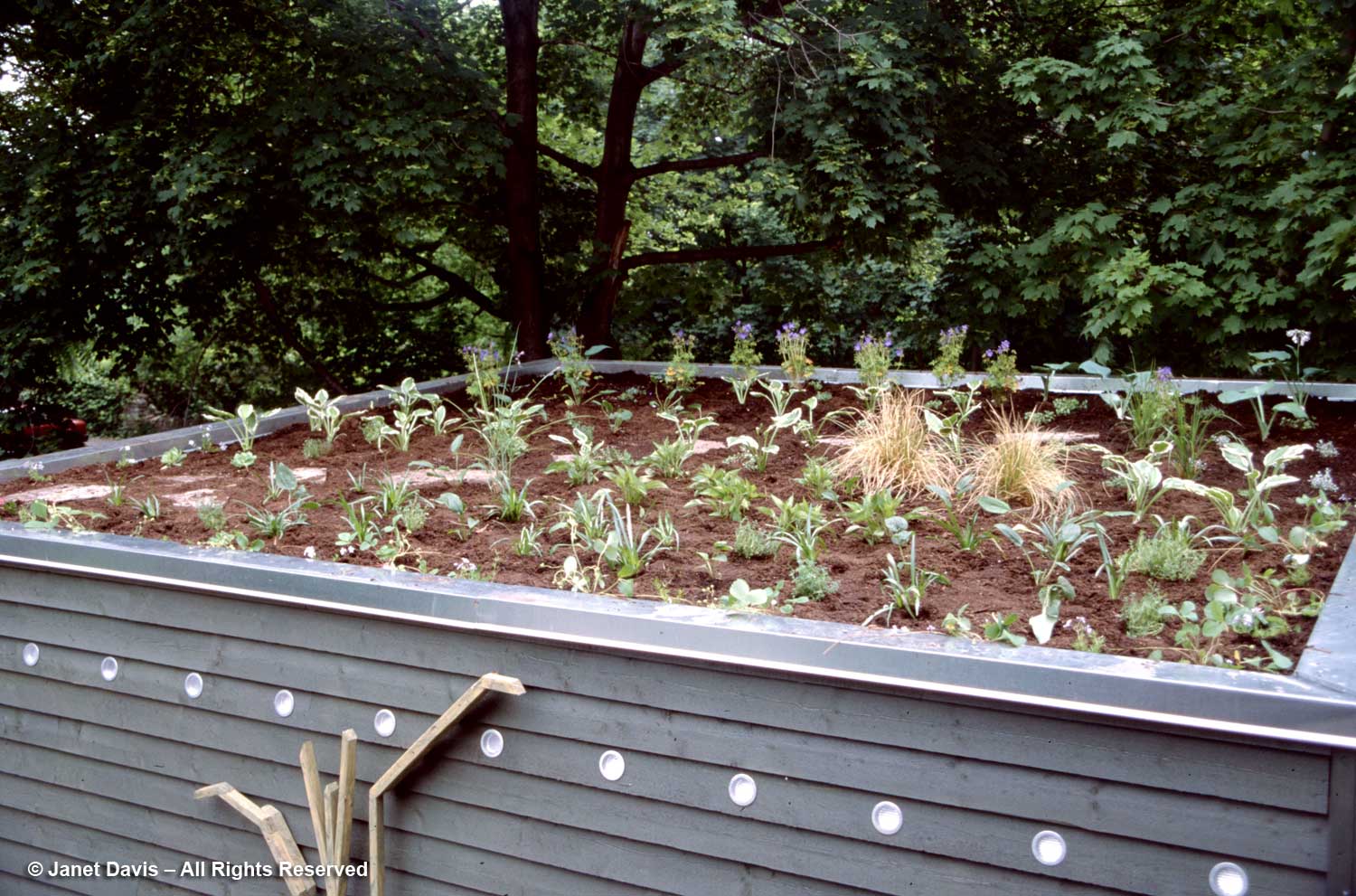
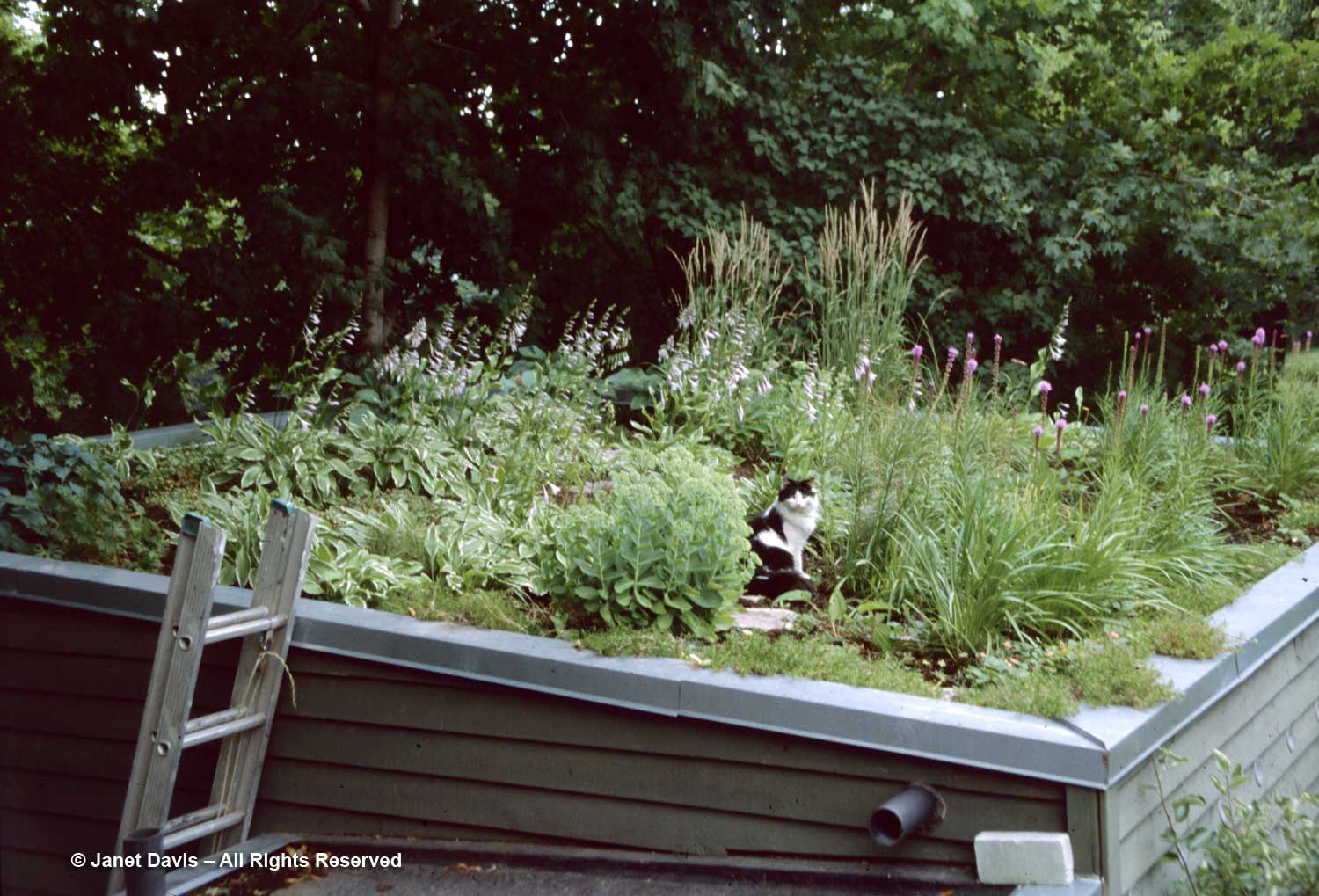
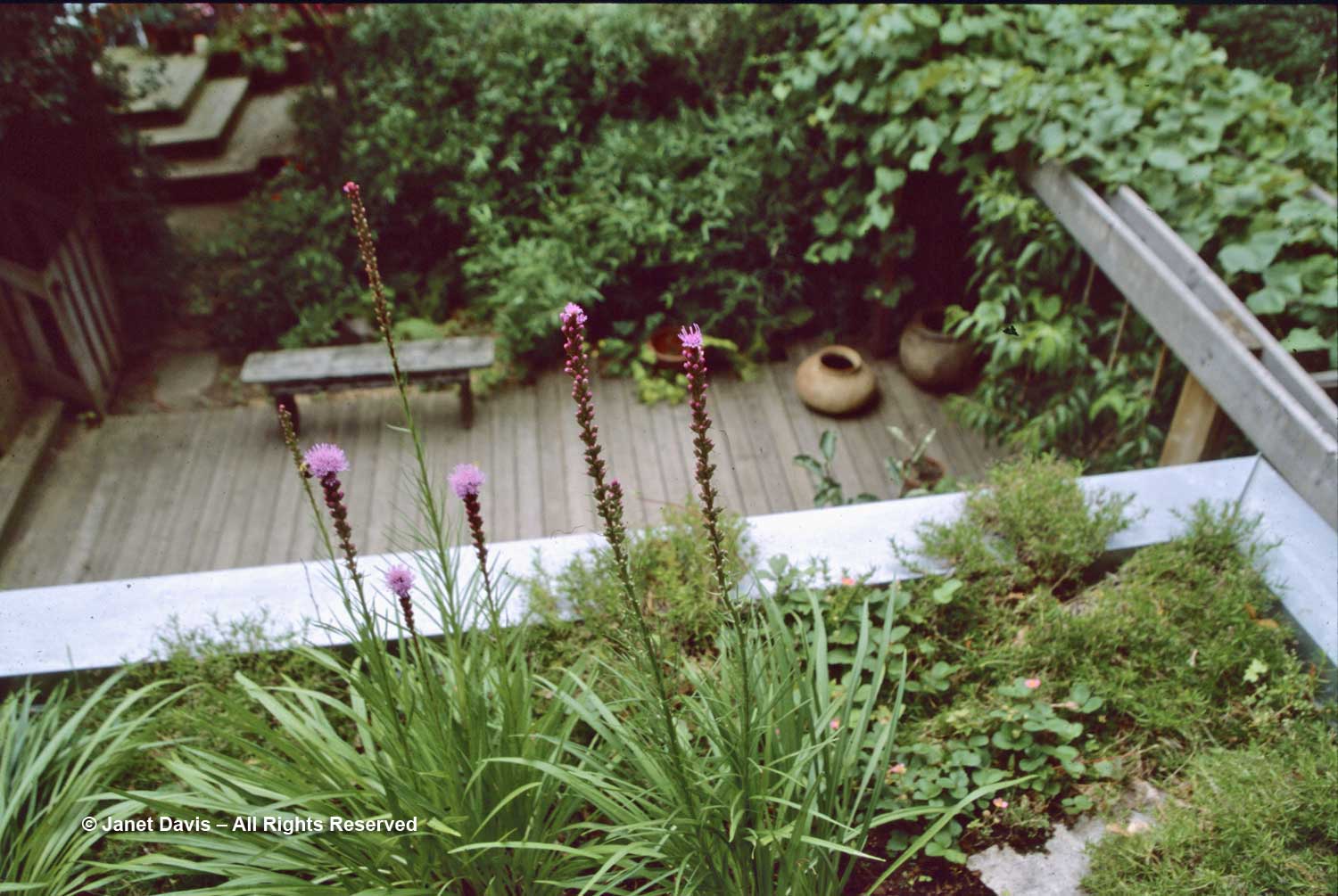
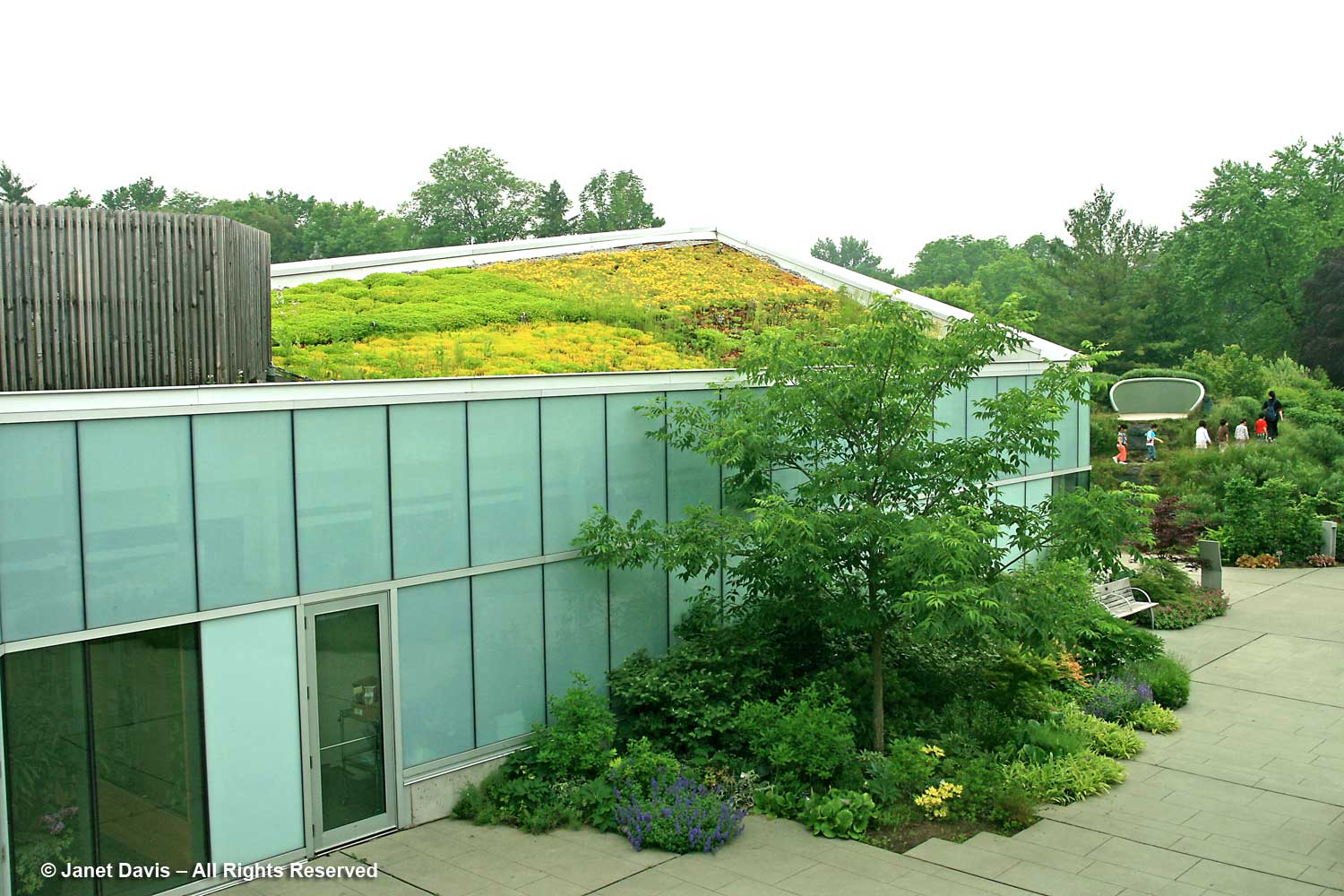
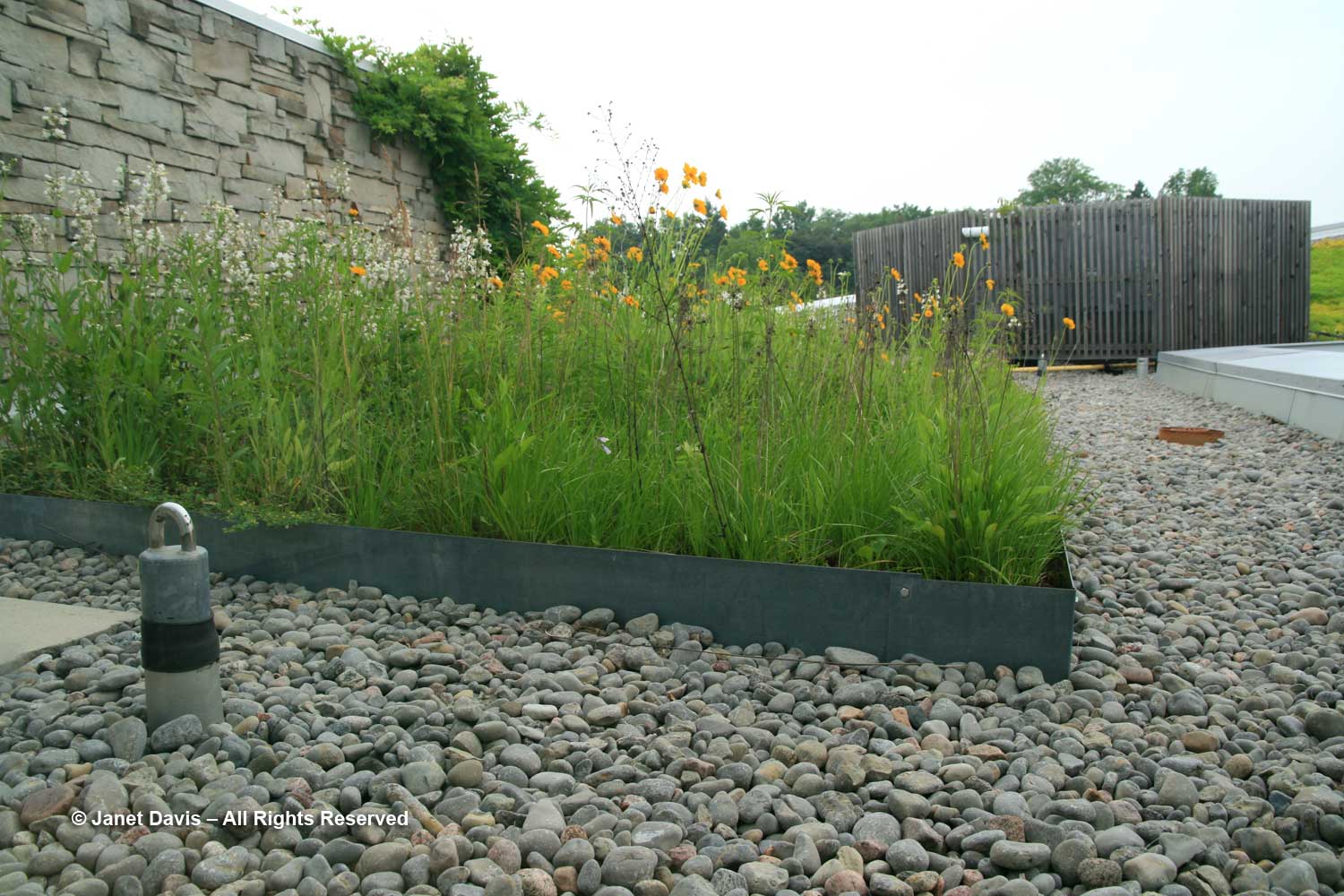
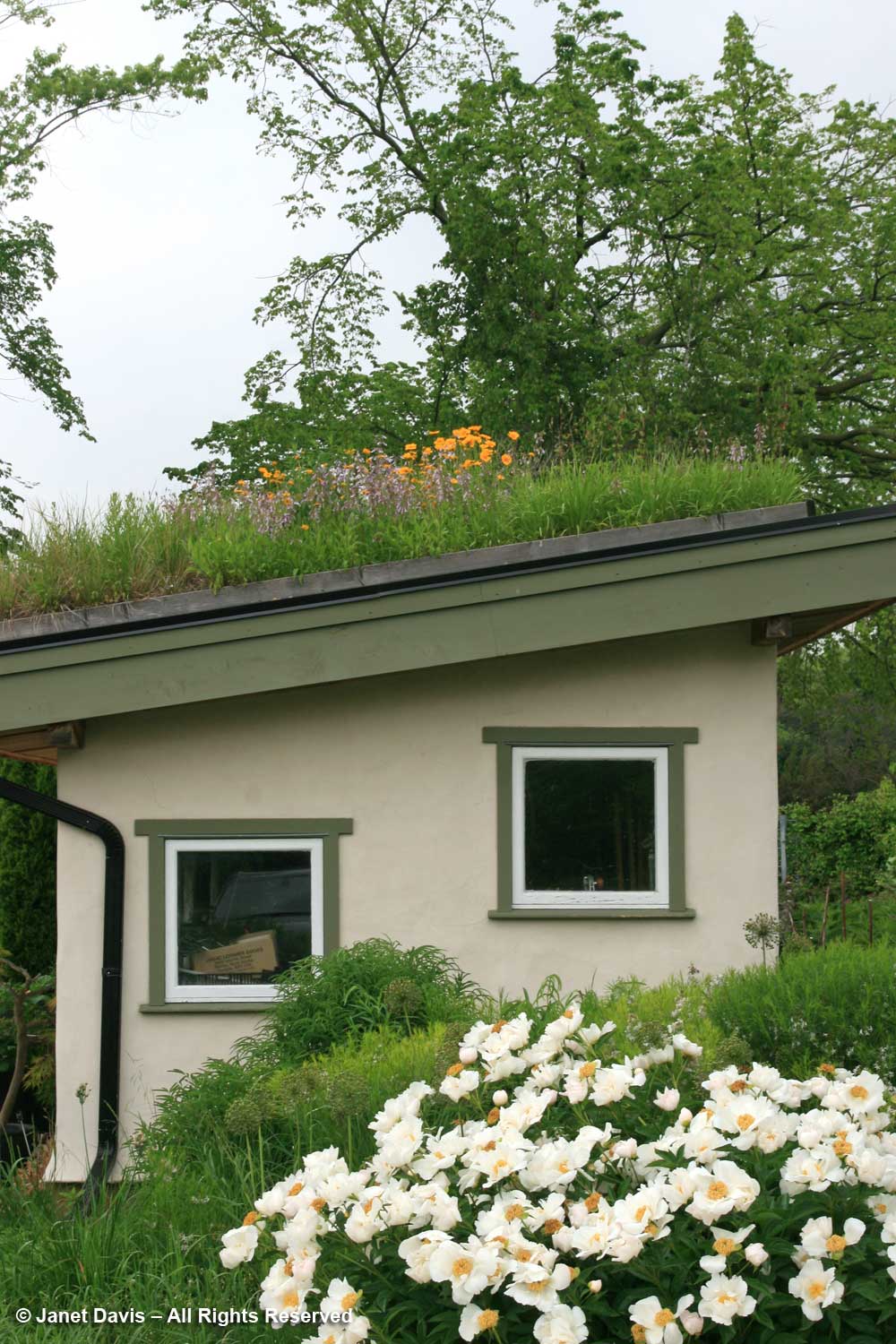
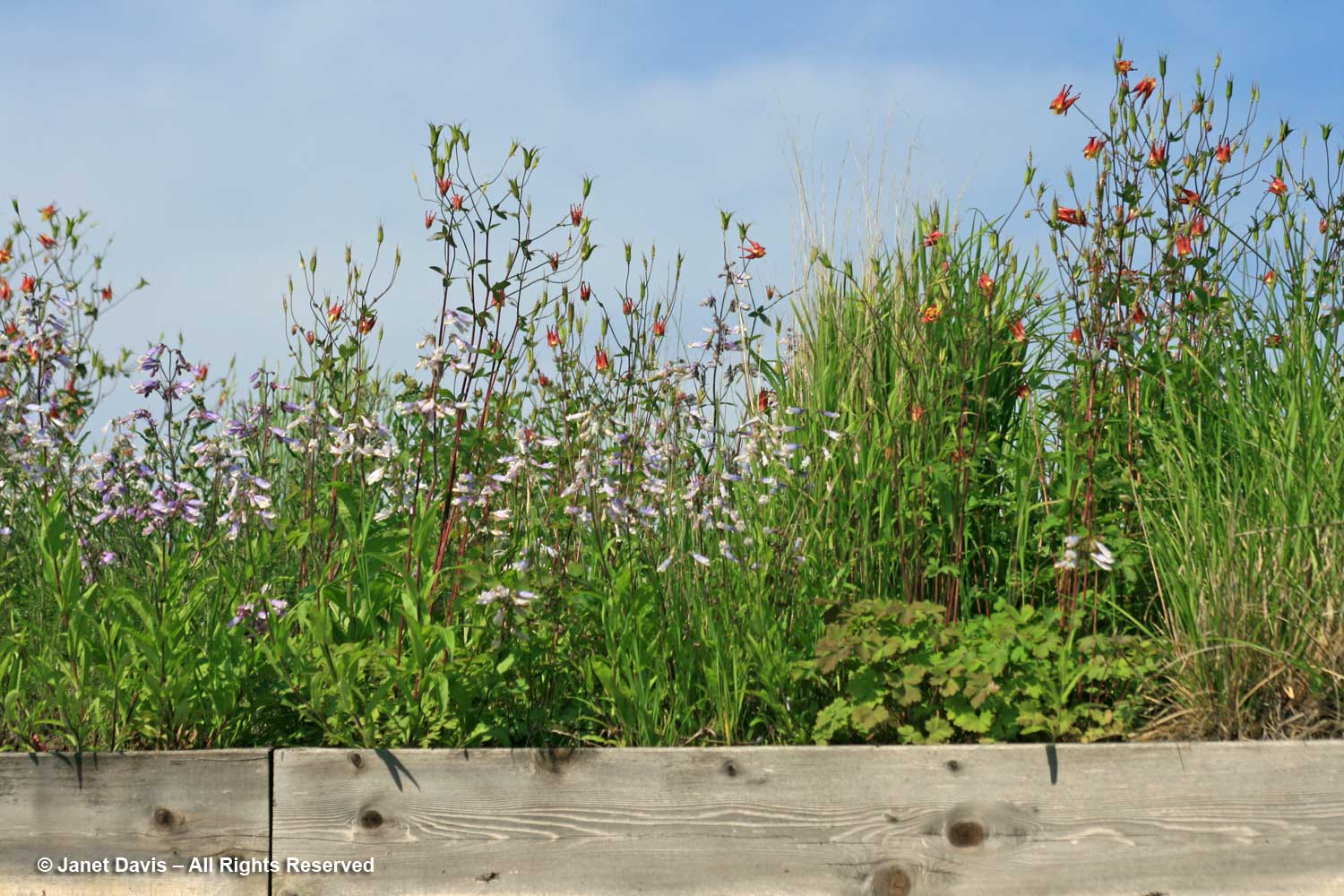
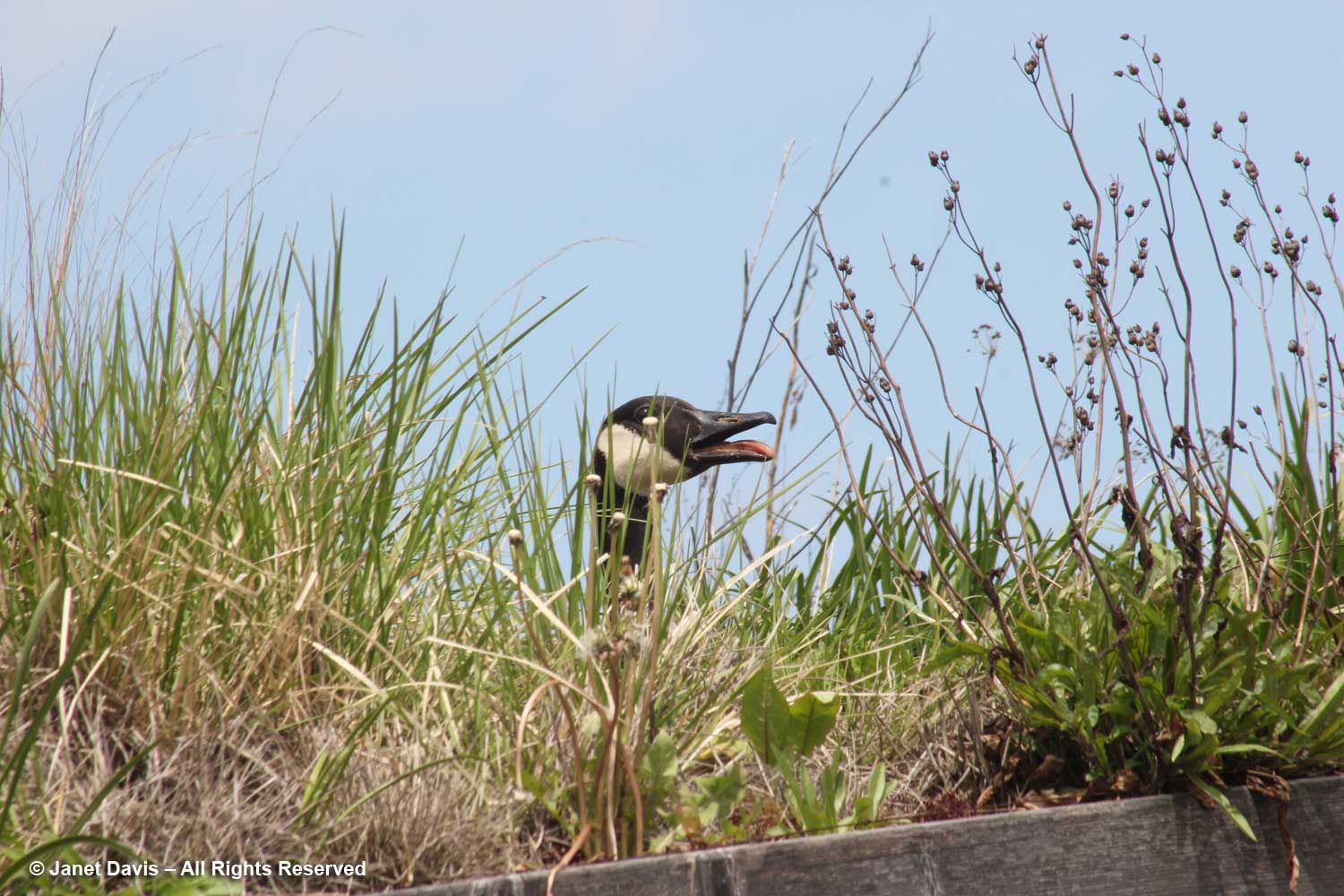
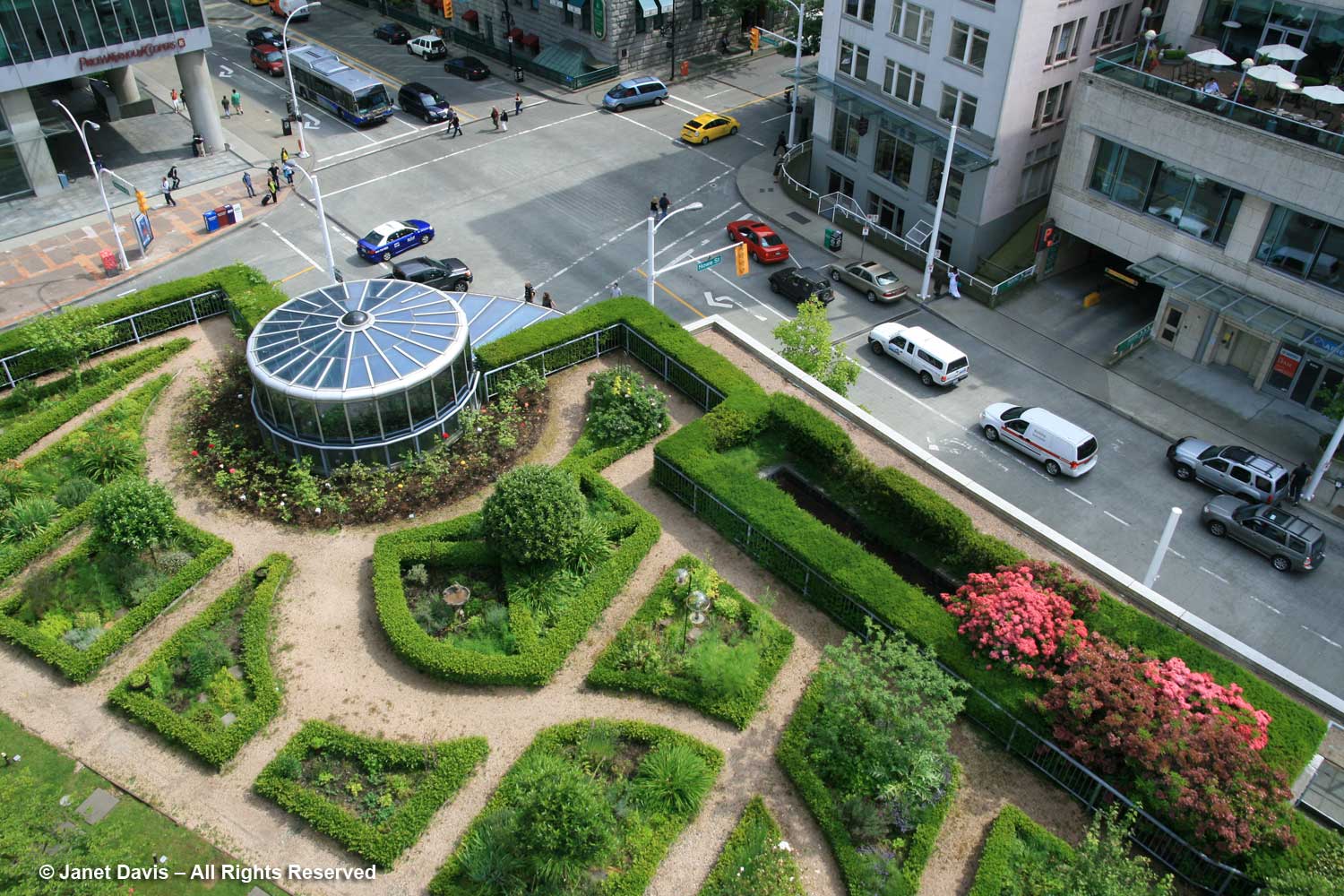
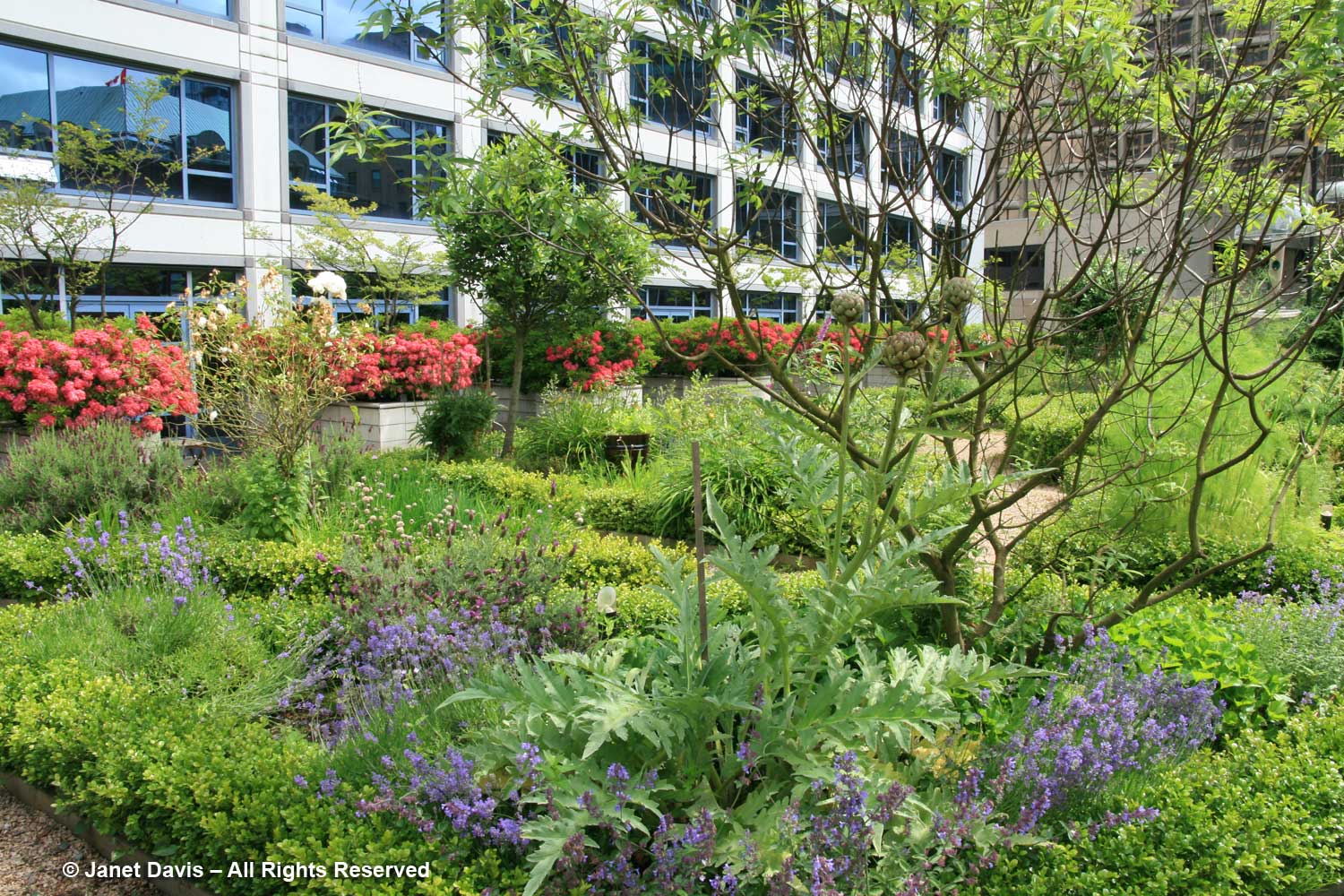
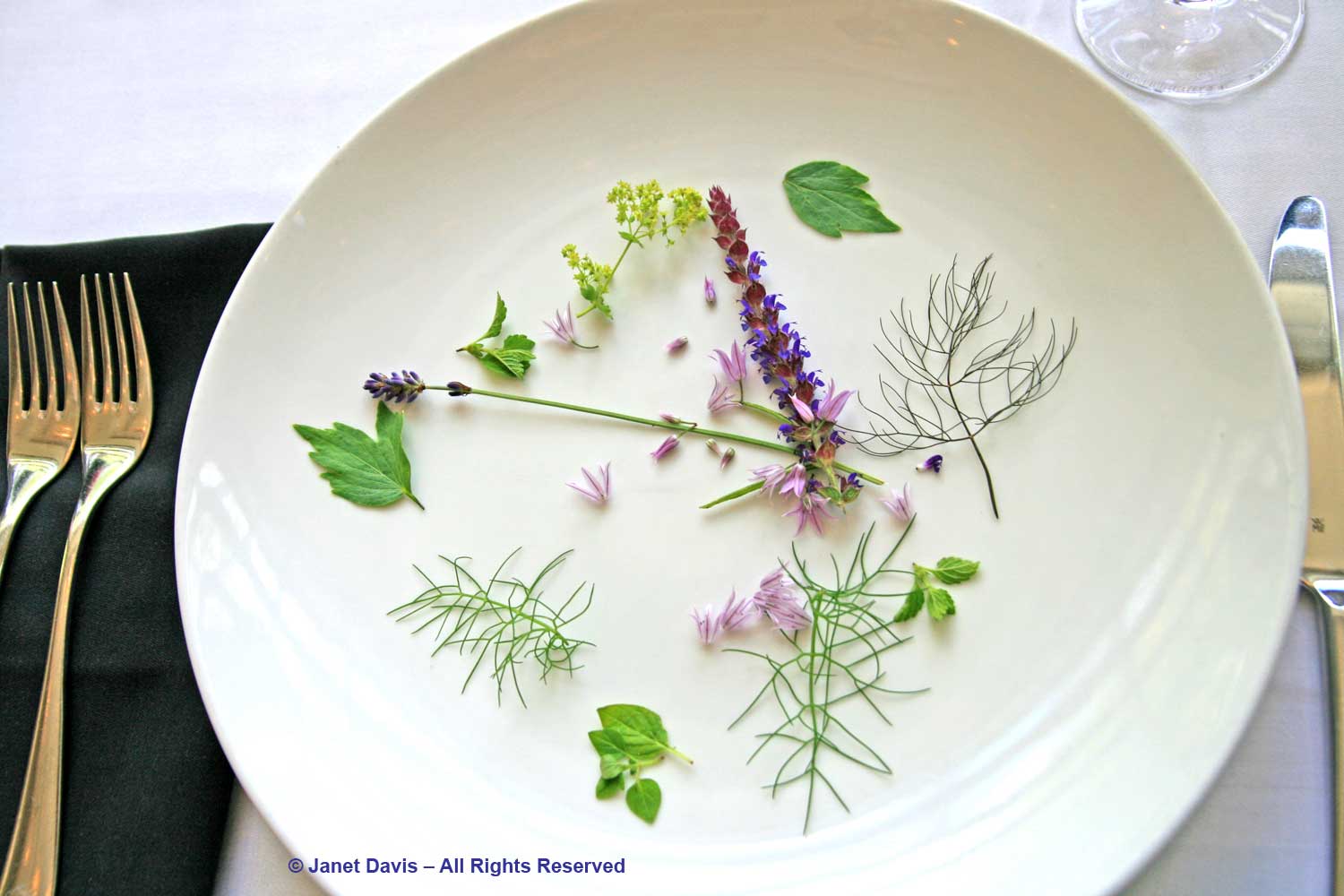
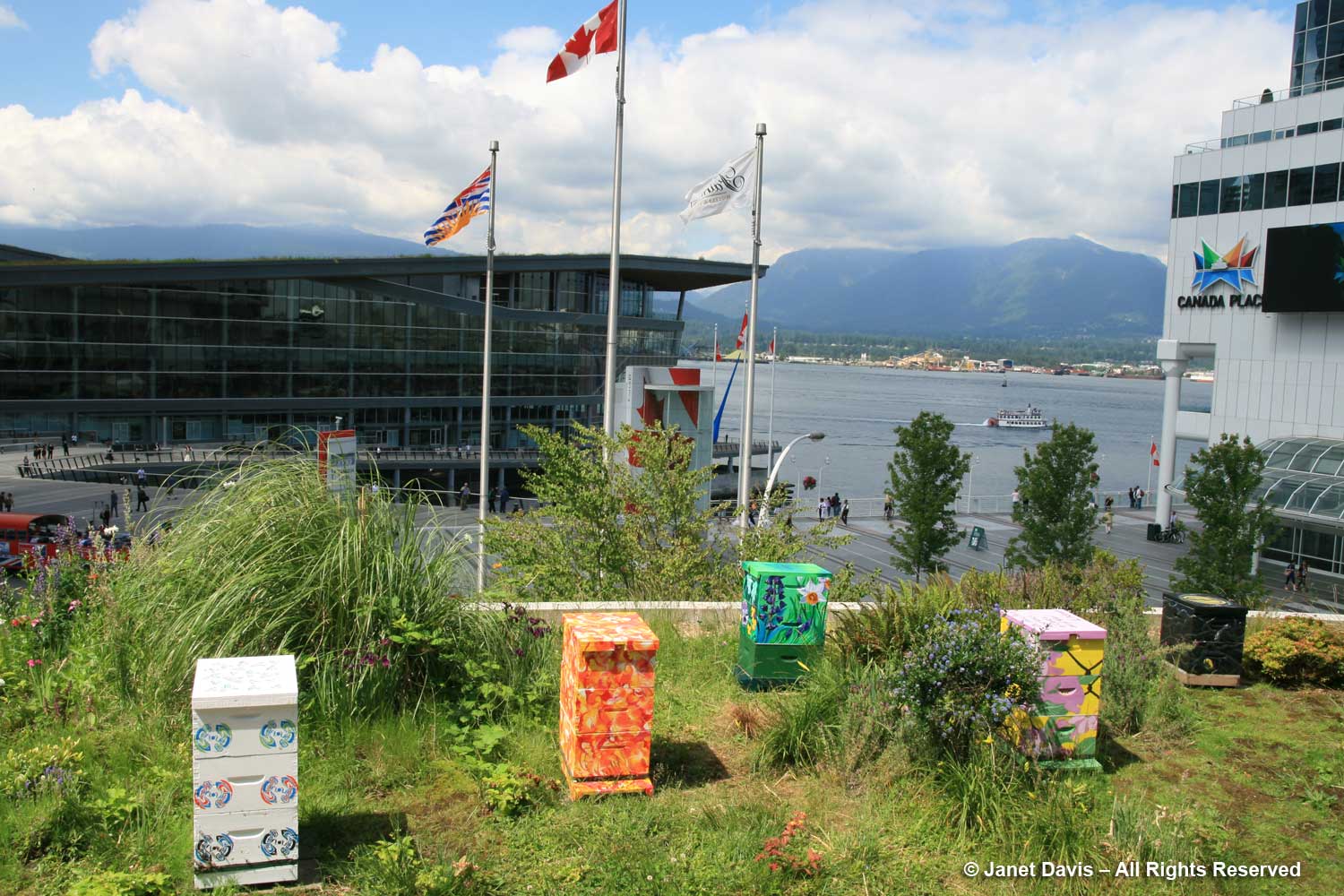
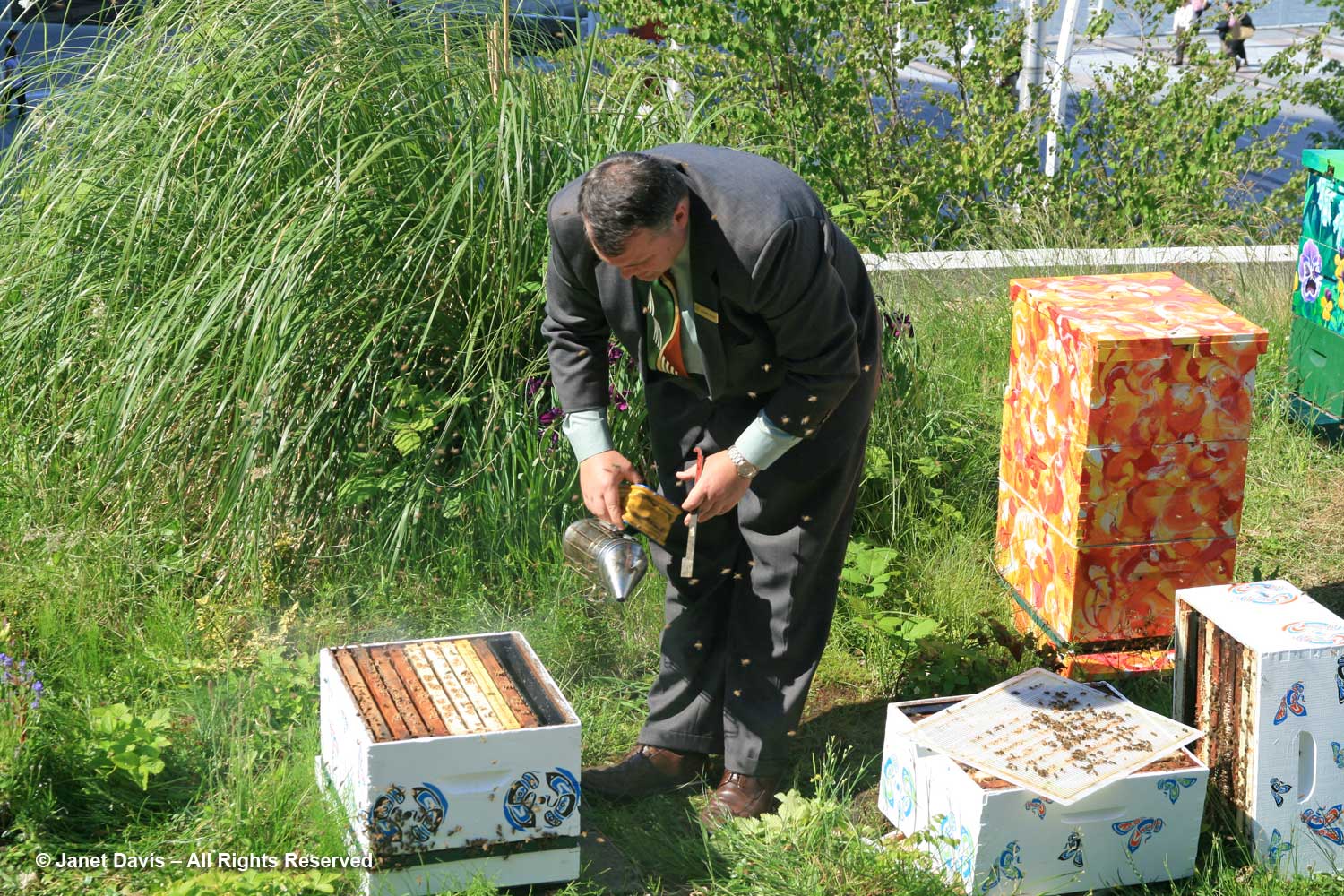
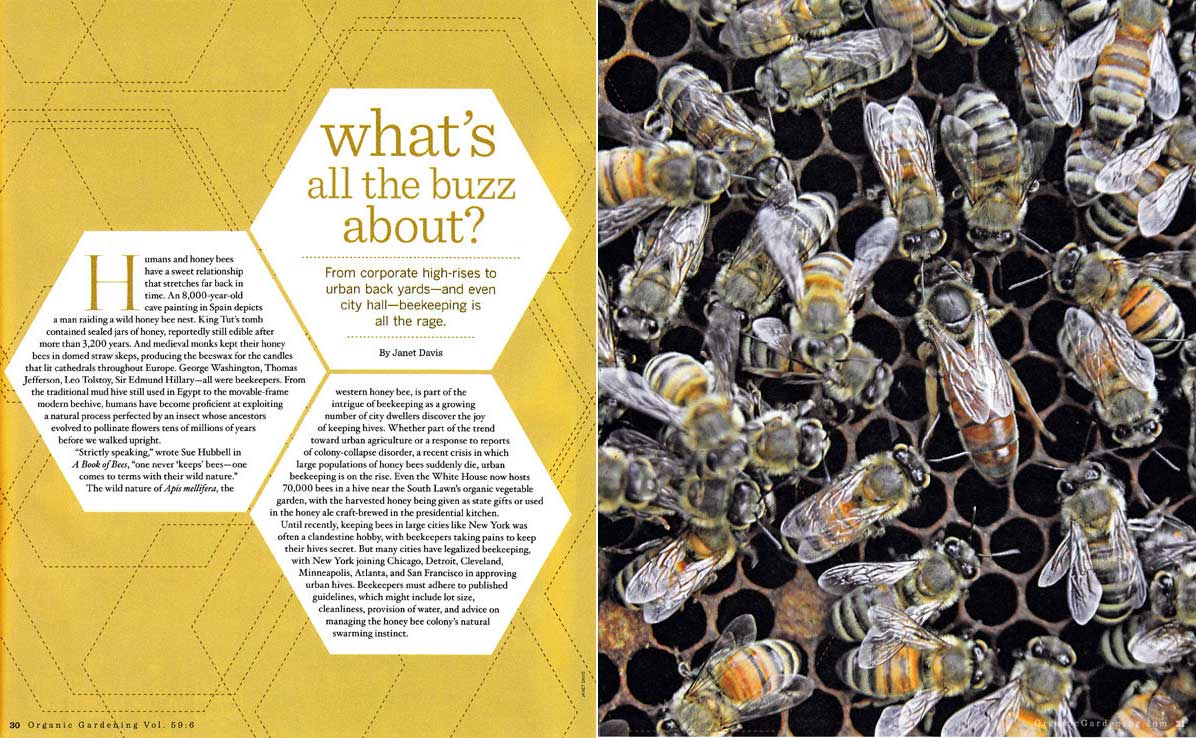
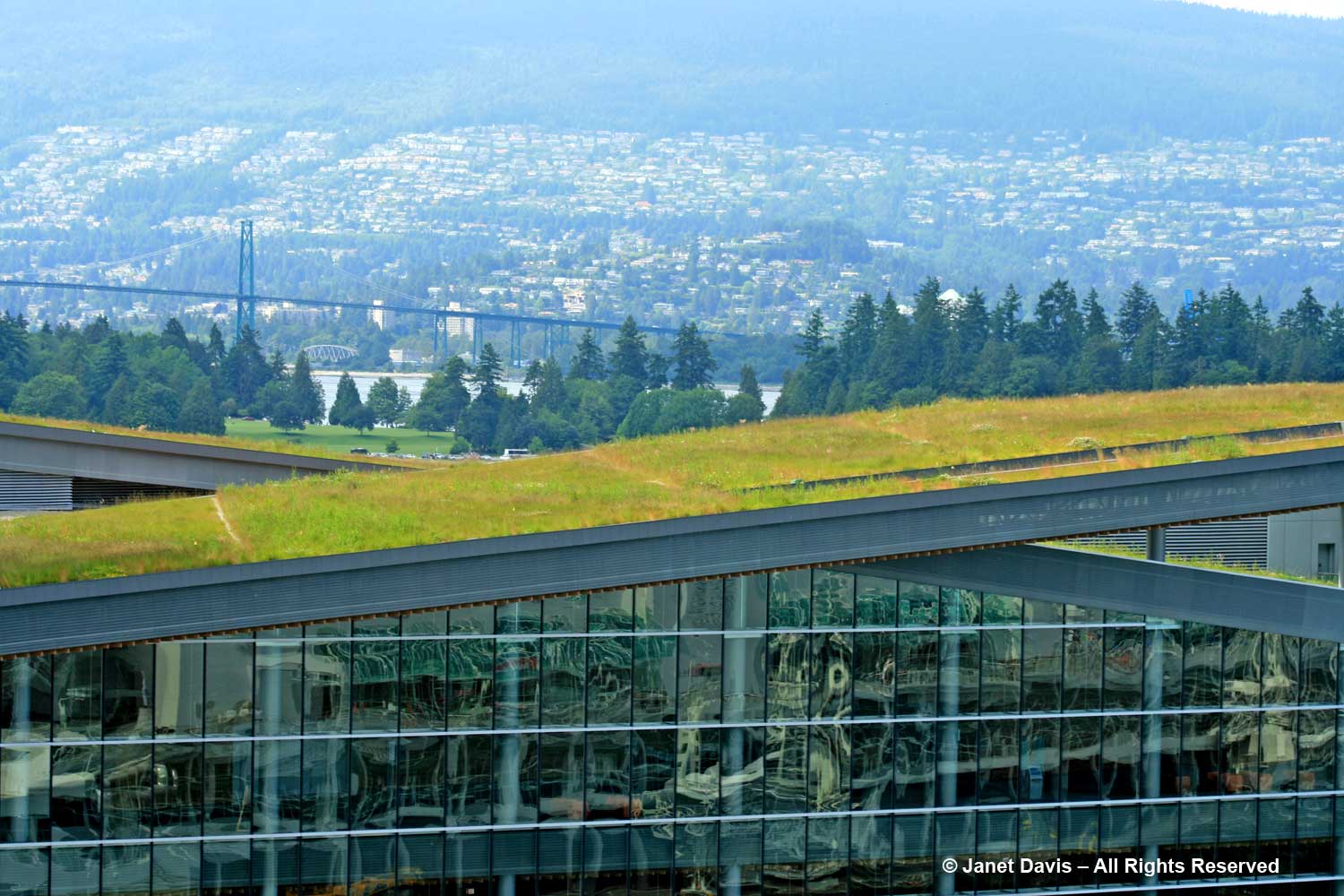
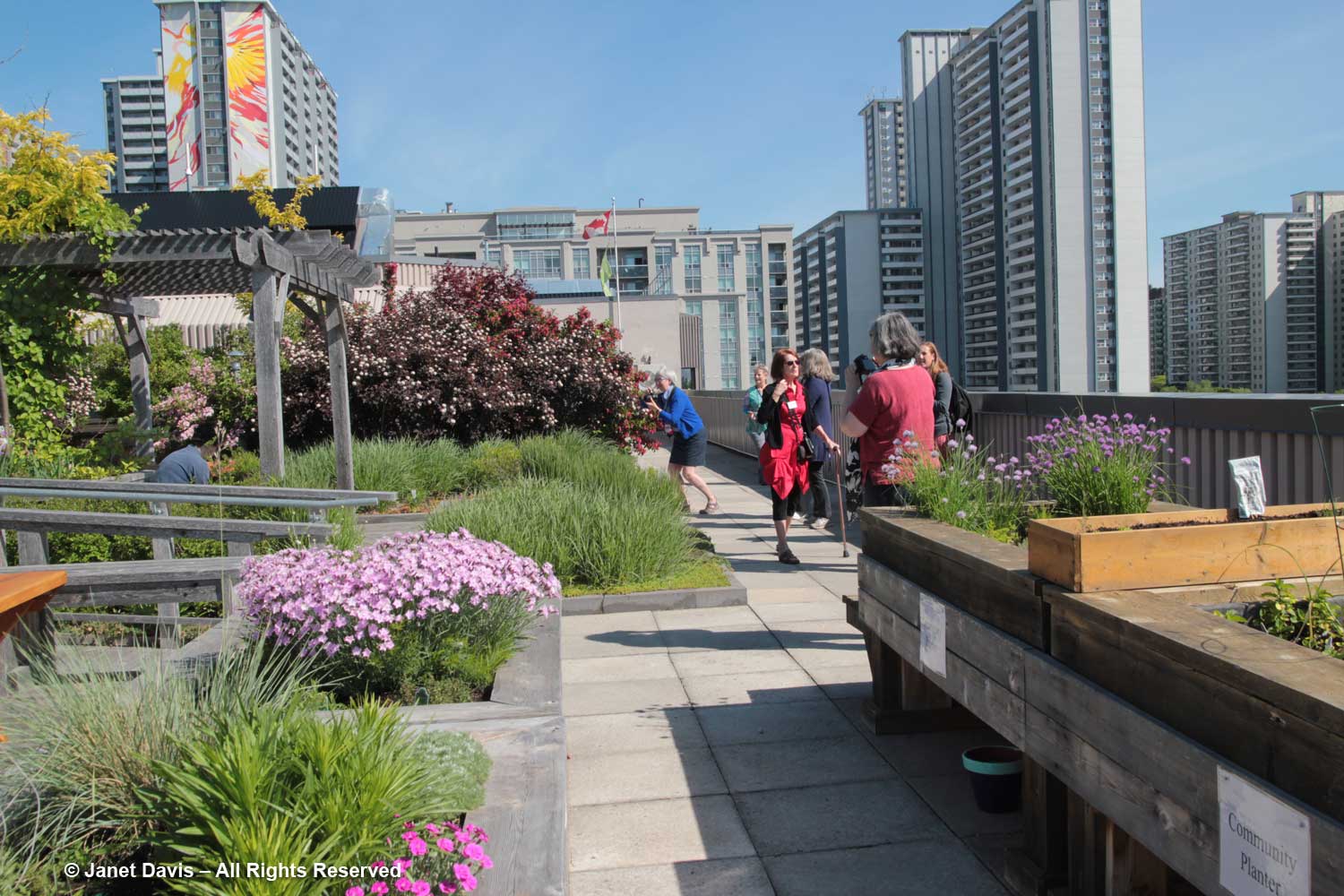
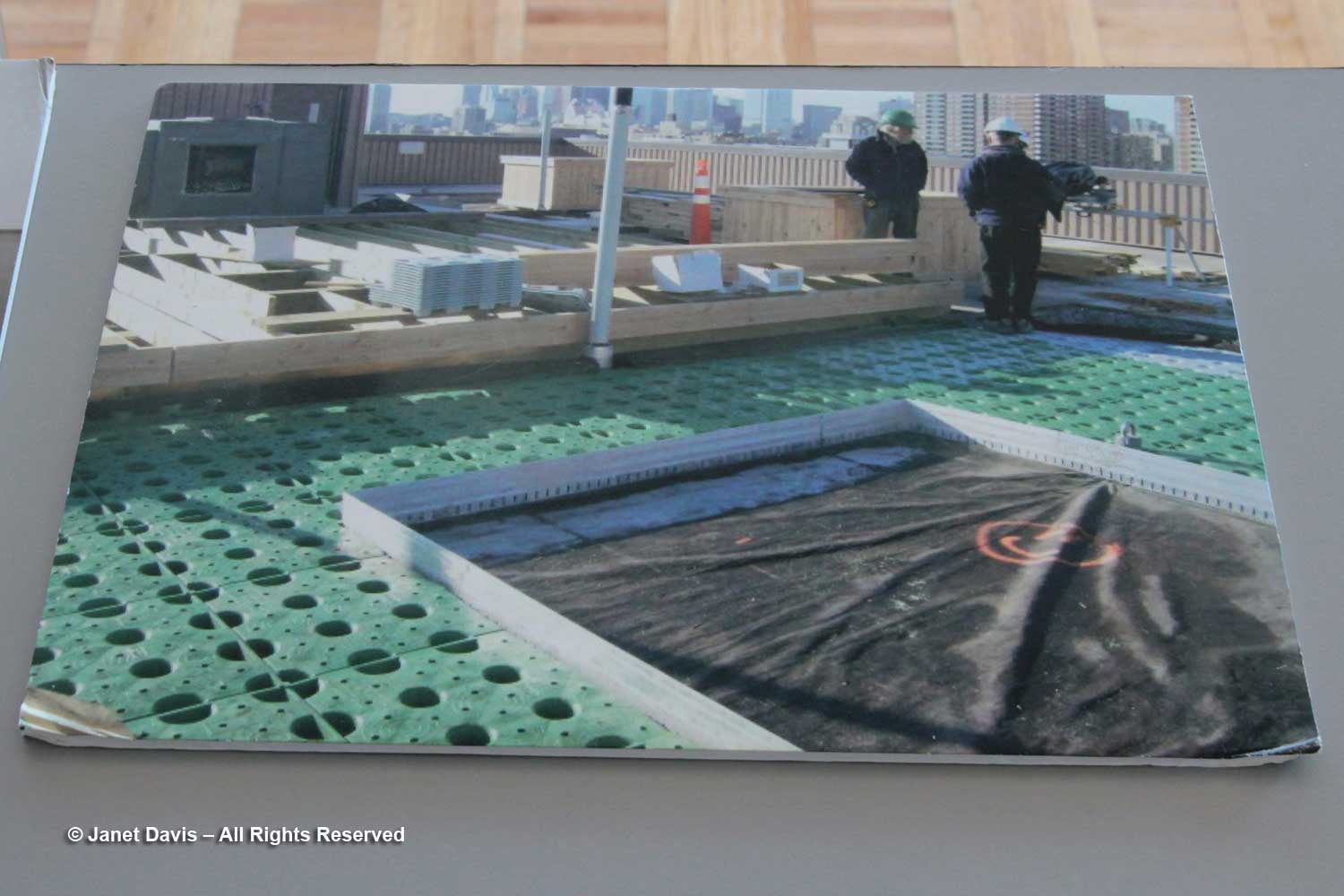
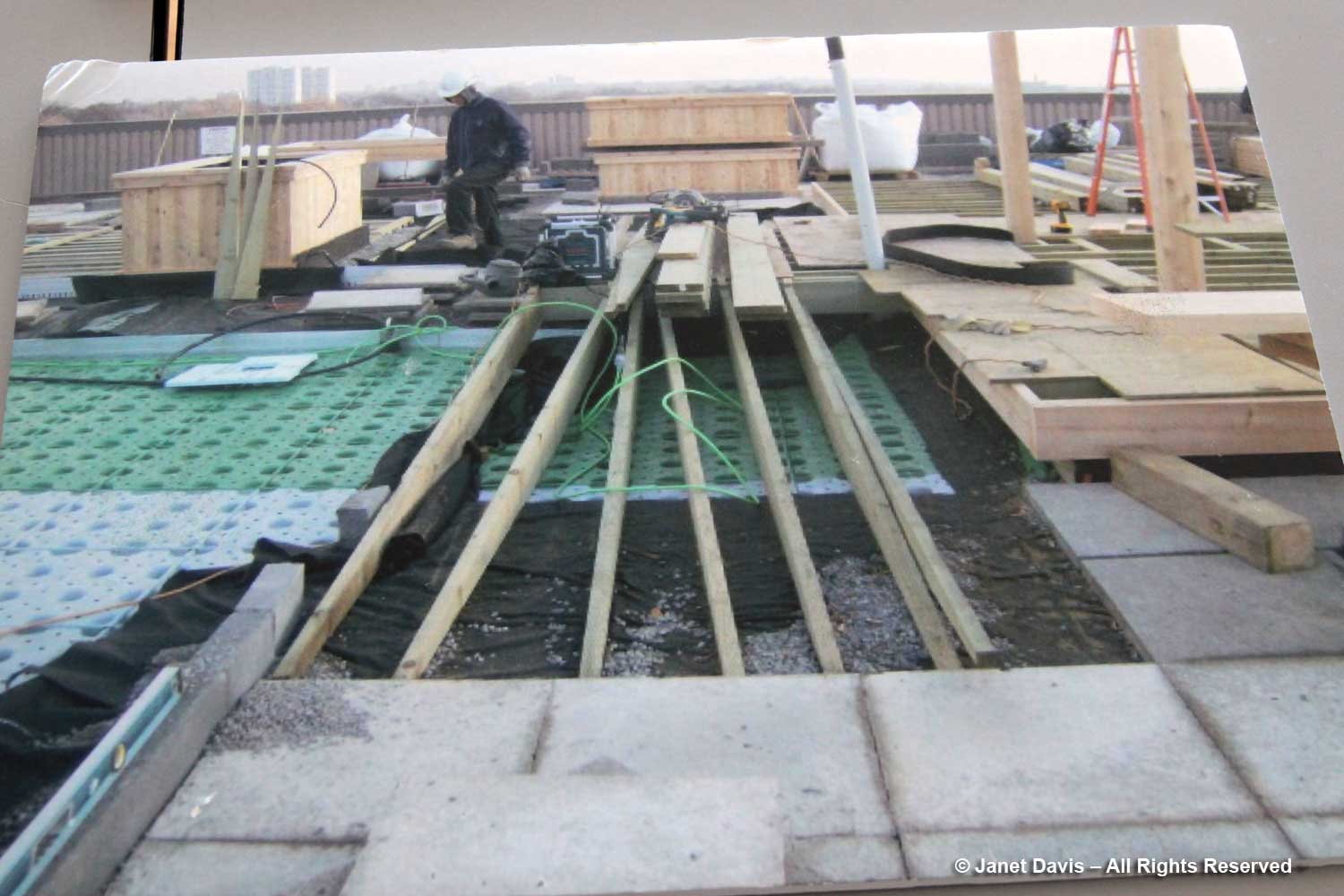
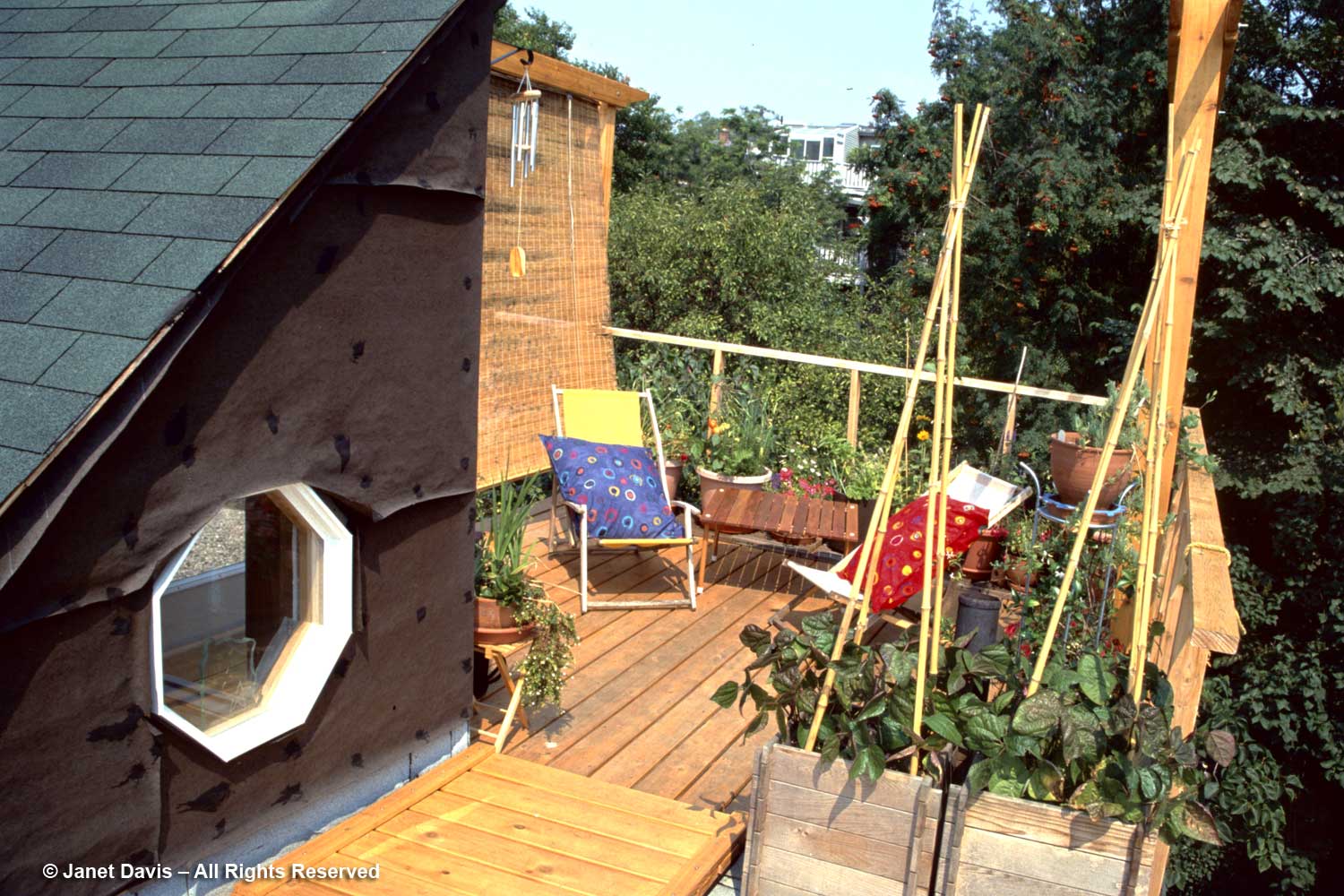
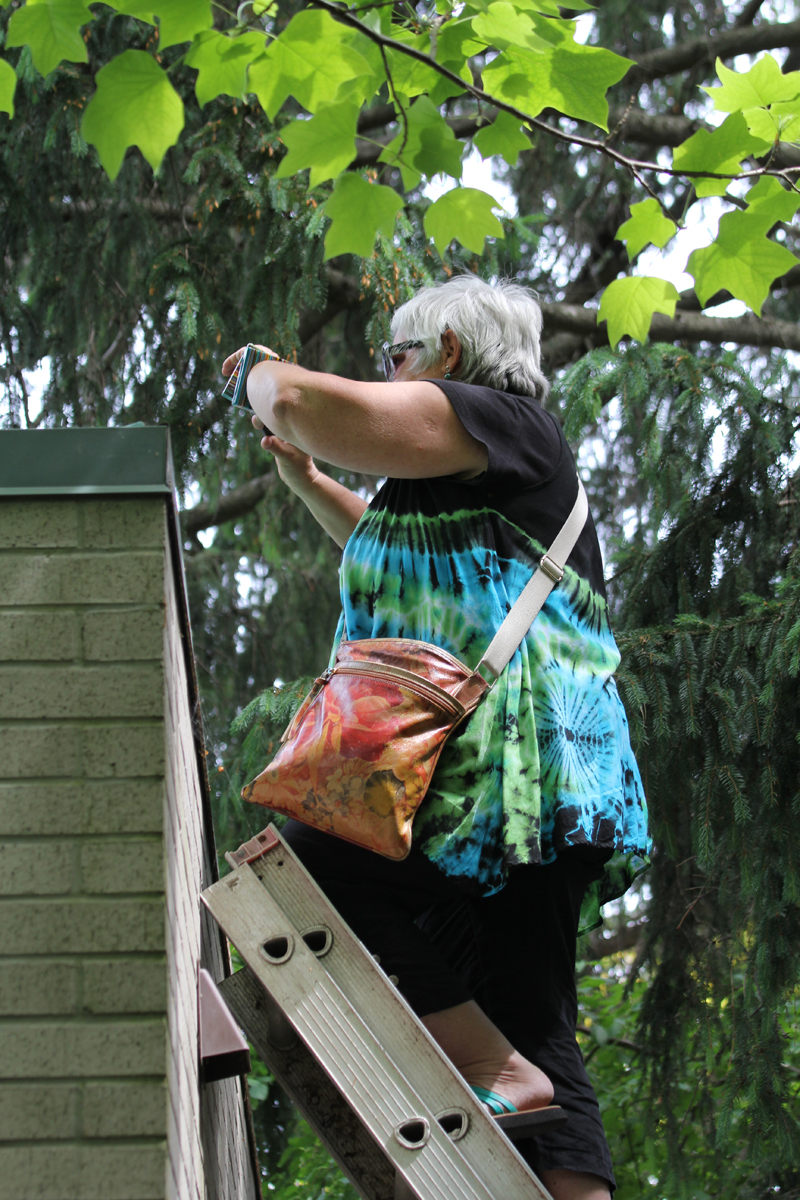
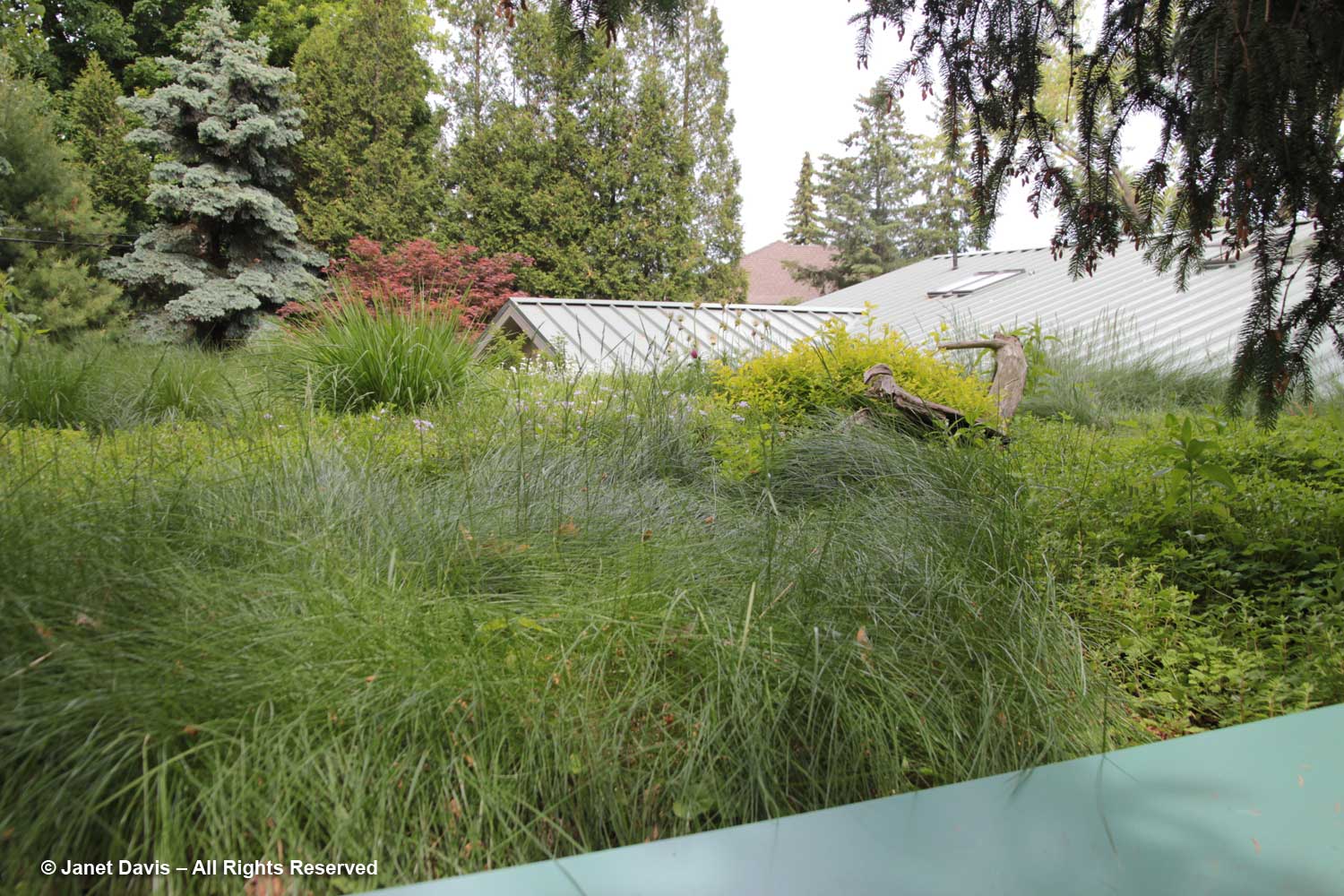
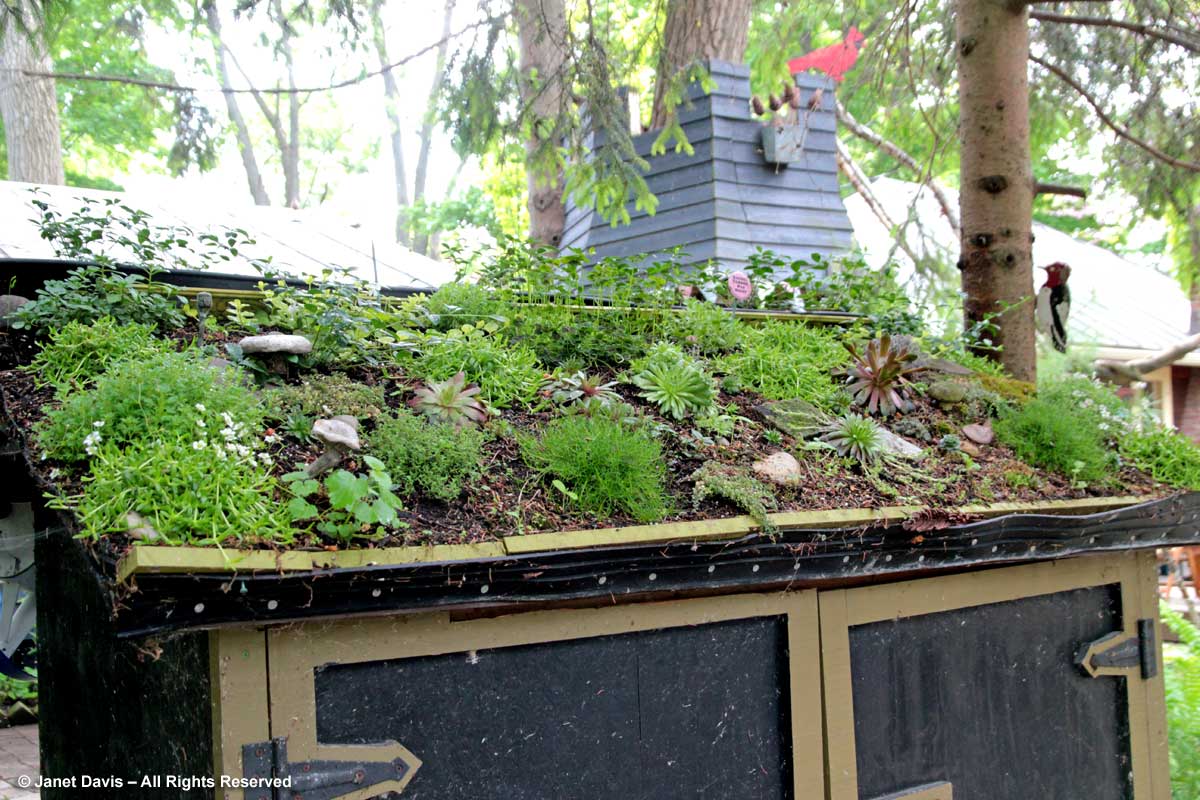
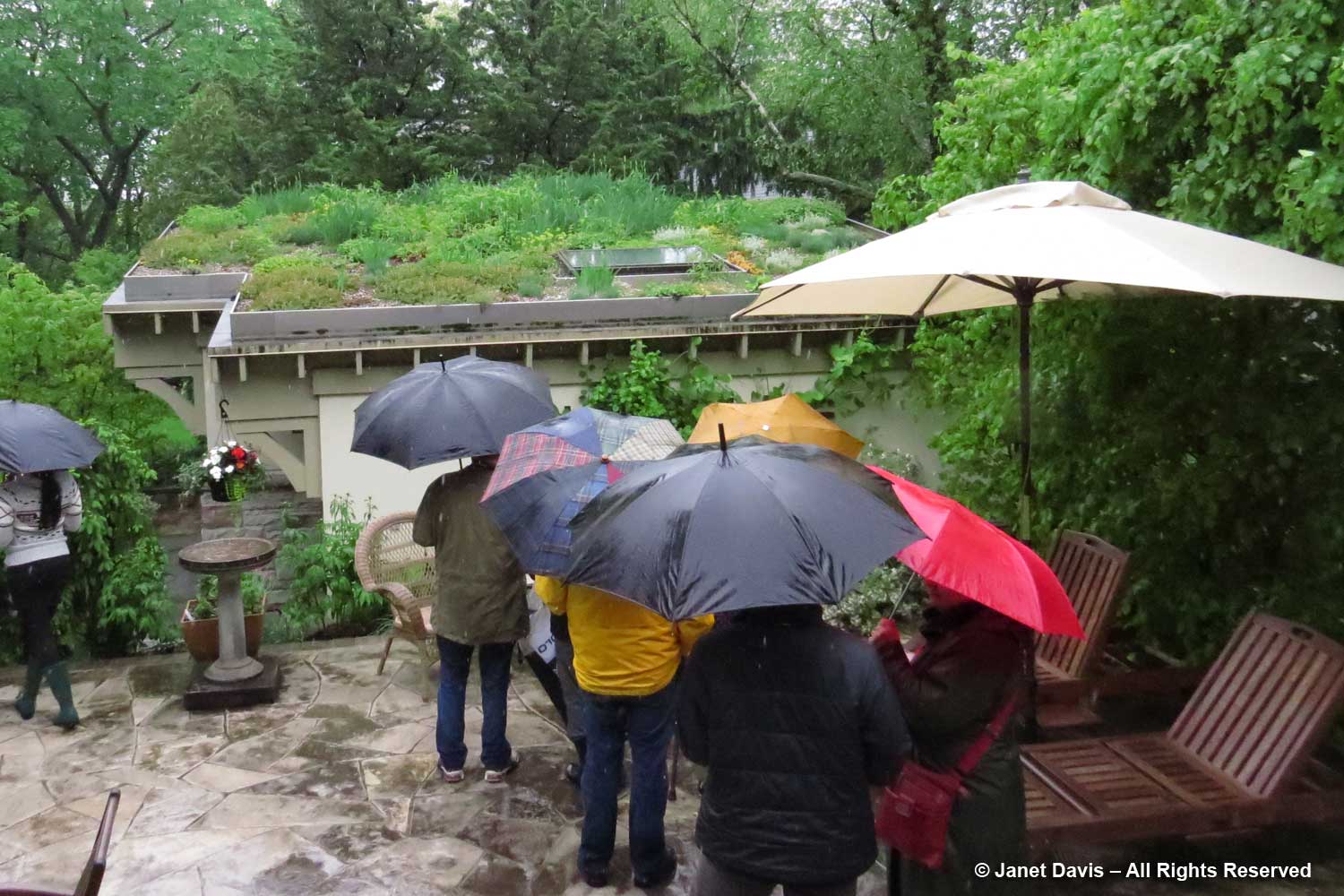
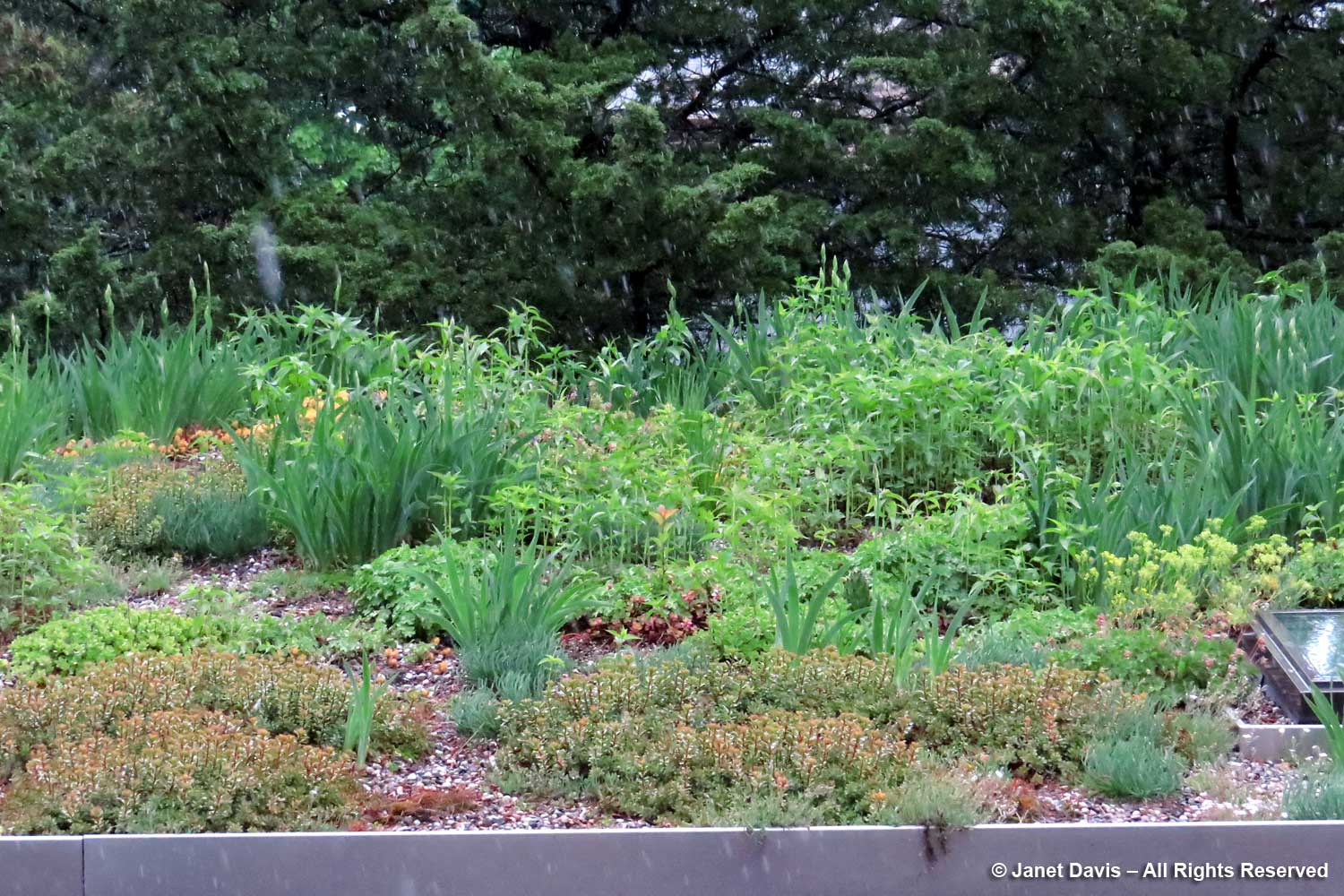
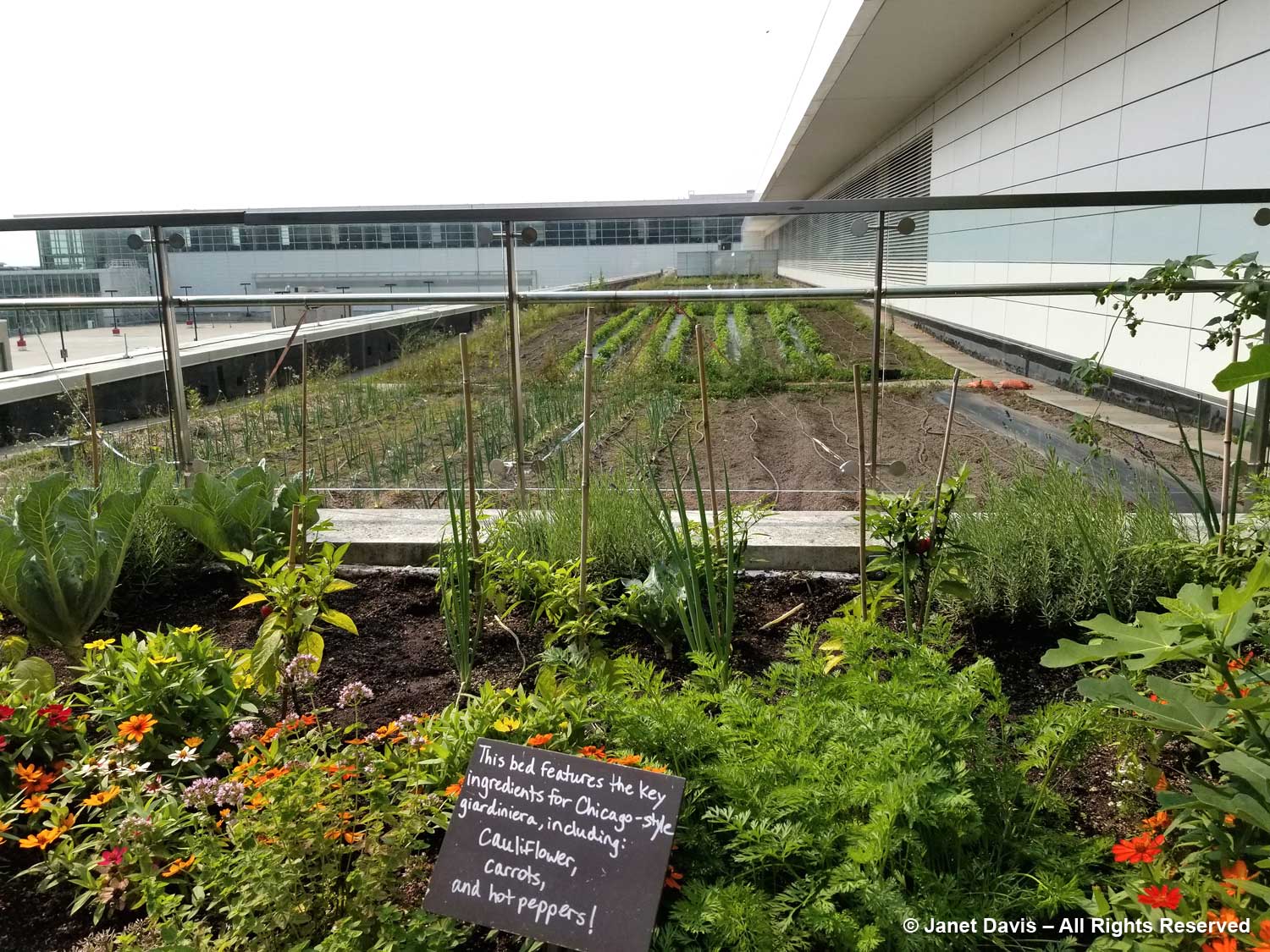
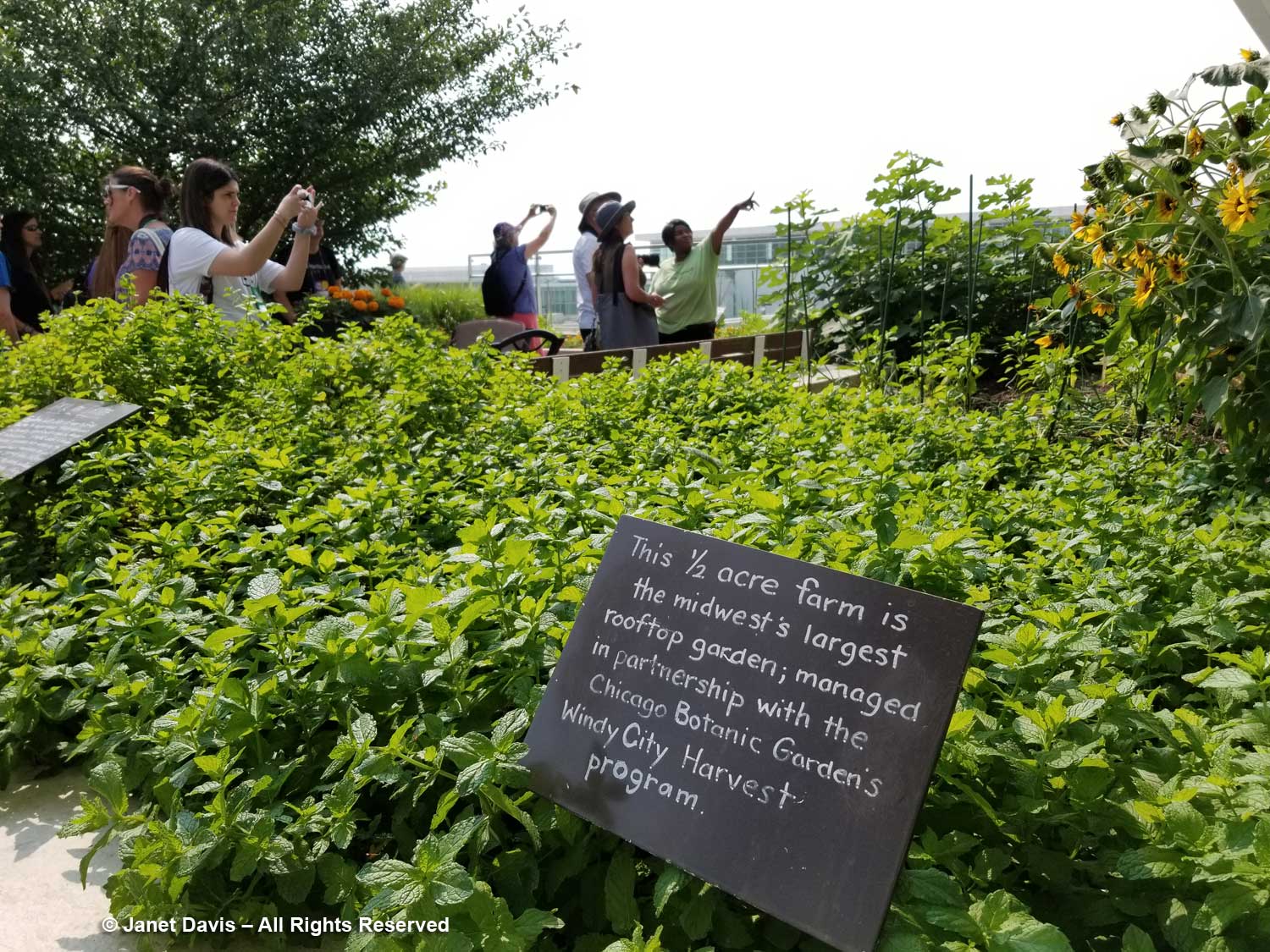
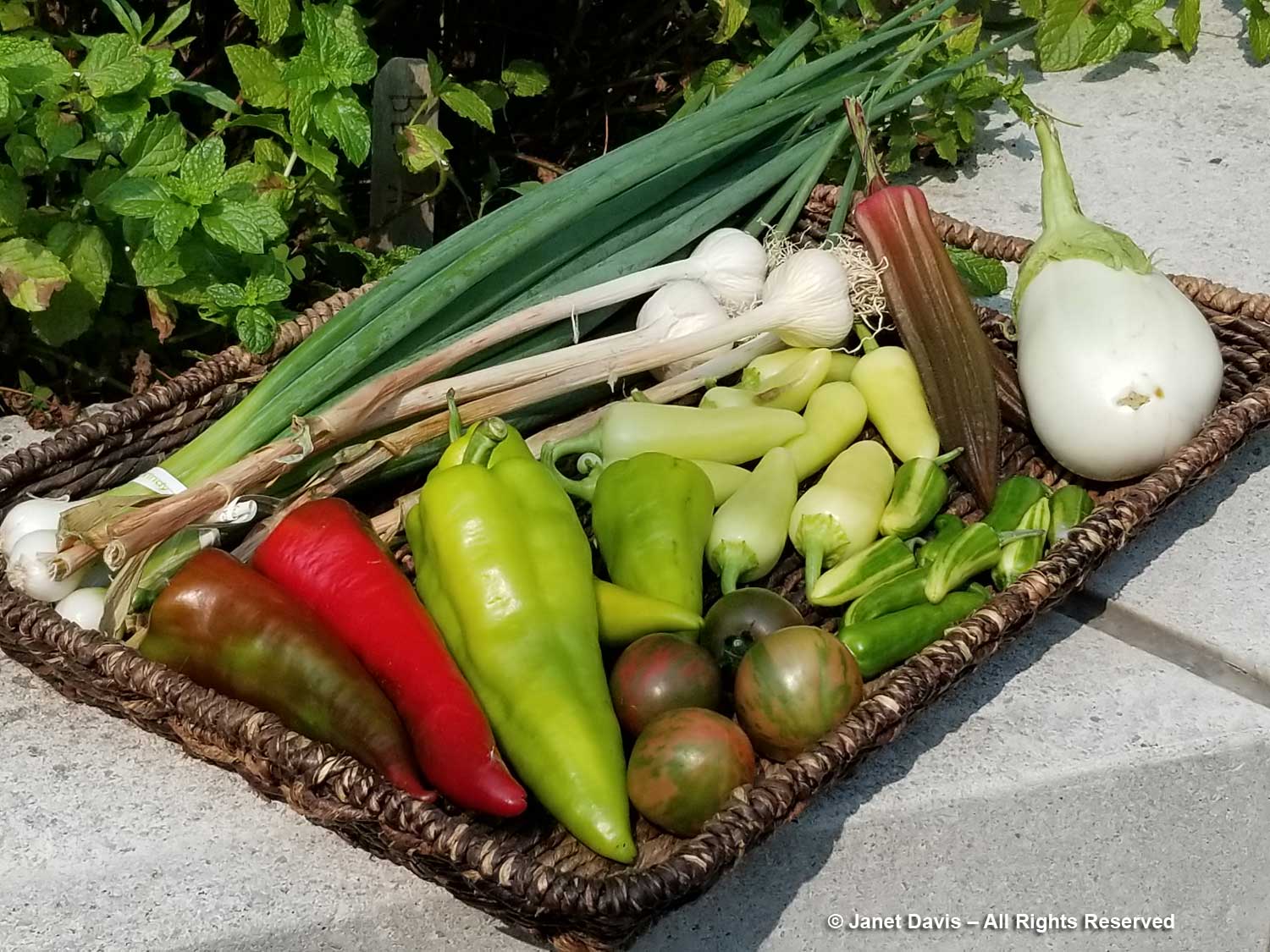
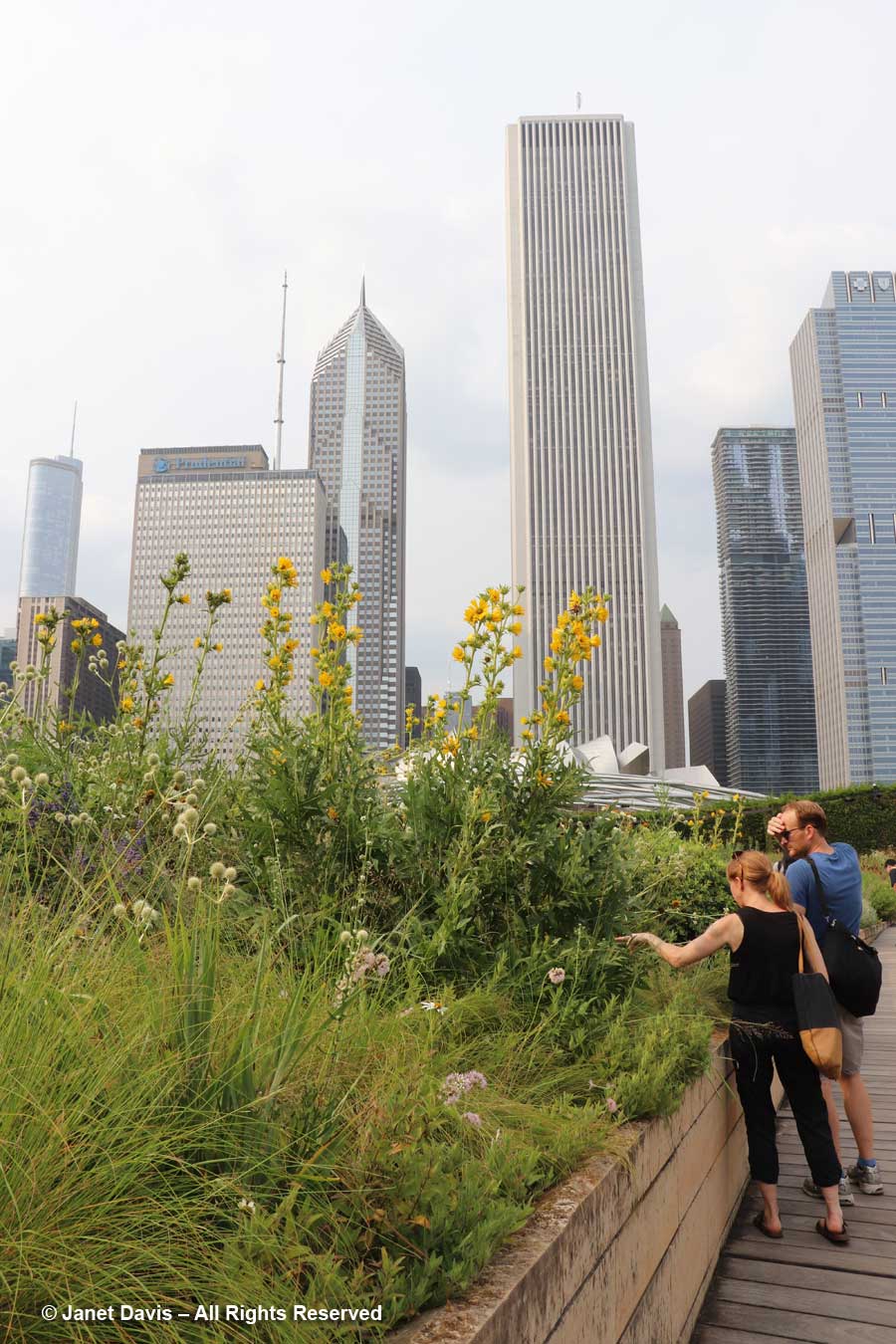
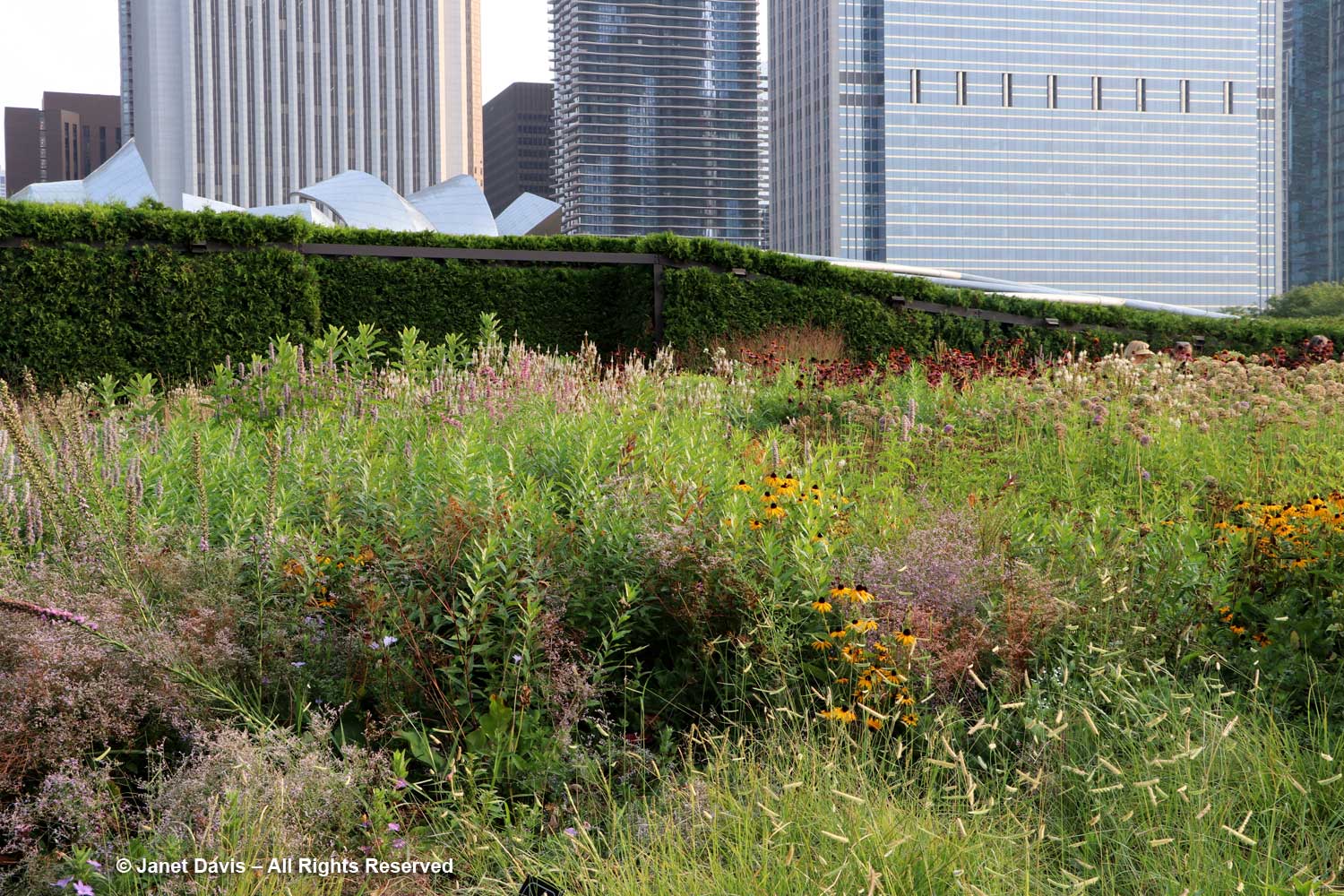
Thank you, I love Carole King and the Nylons too! Occasionally see her special concert from Hyde Park, England on PBS -it’s a gem!
Thanks Jessica! If the musical comes back, you need to see it. I’ll look for the Hyde Park concert.
Great post in a great series, Janet. Keep the hits coming!
Helen, thank you so much! I said ‘Winter 2020’ originally, but I still have some songs in my head. We shall see….